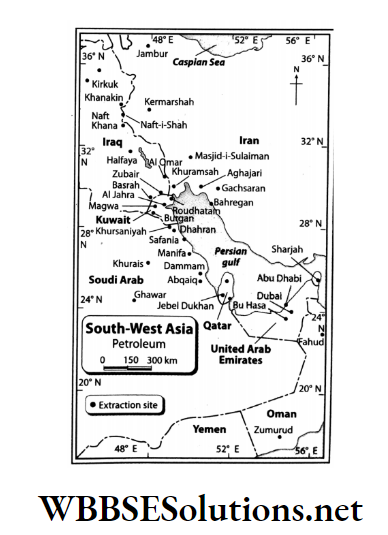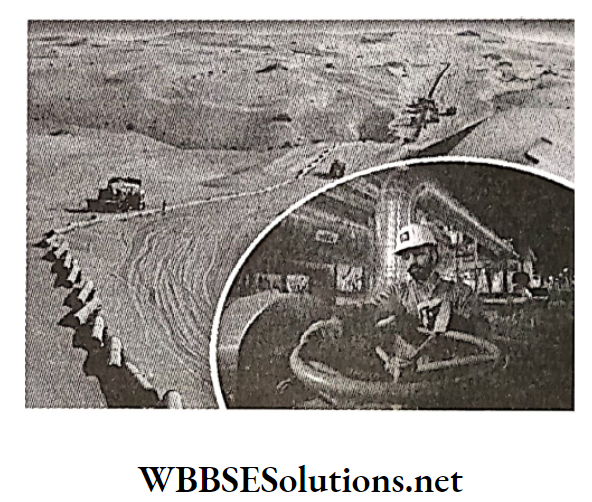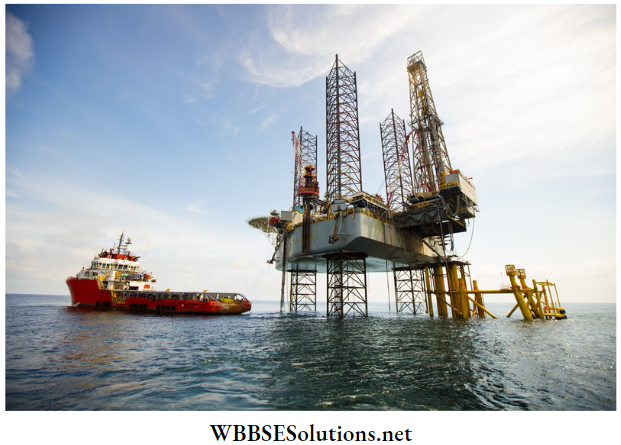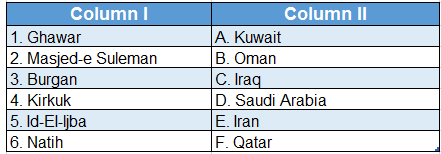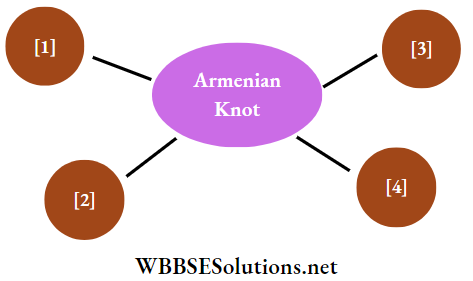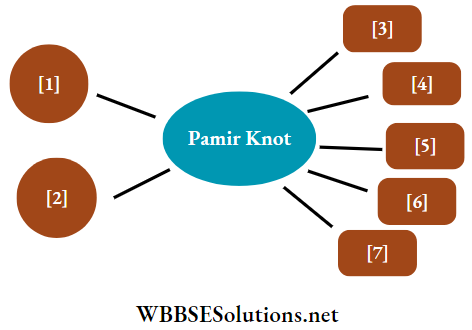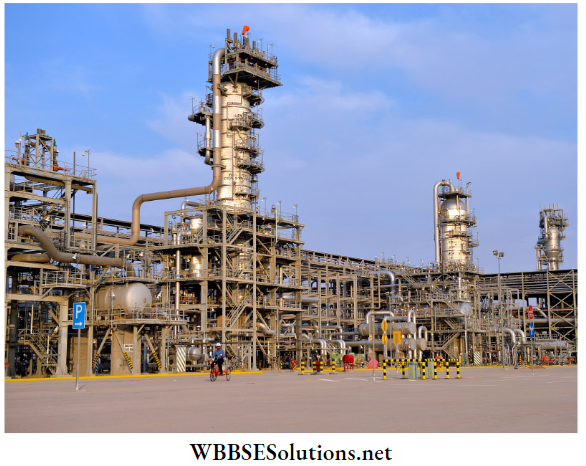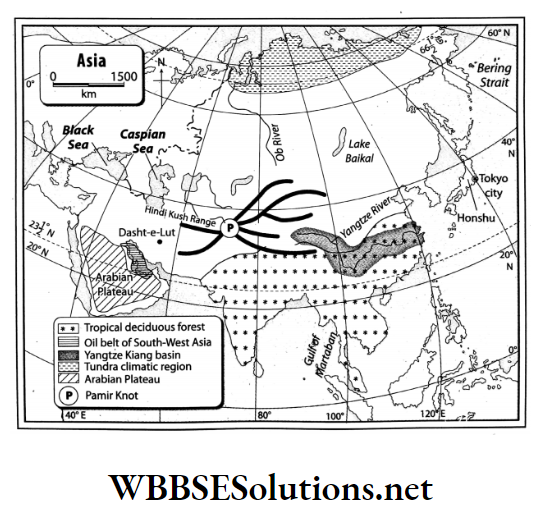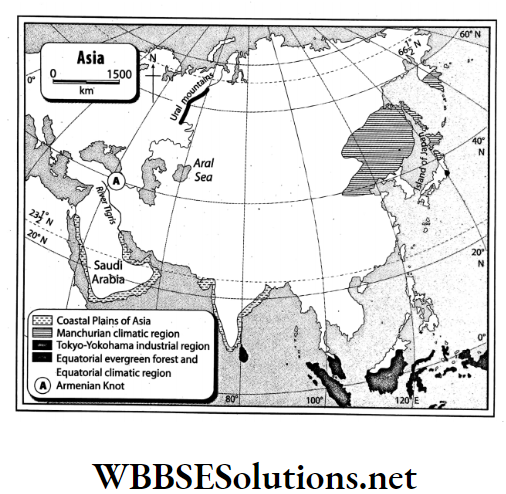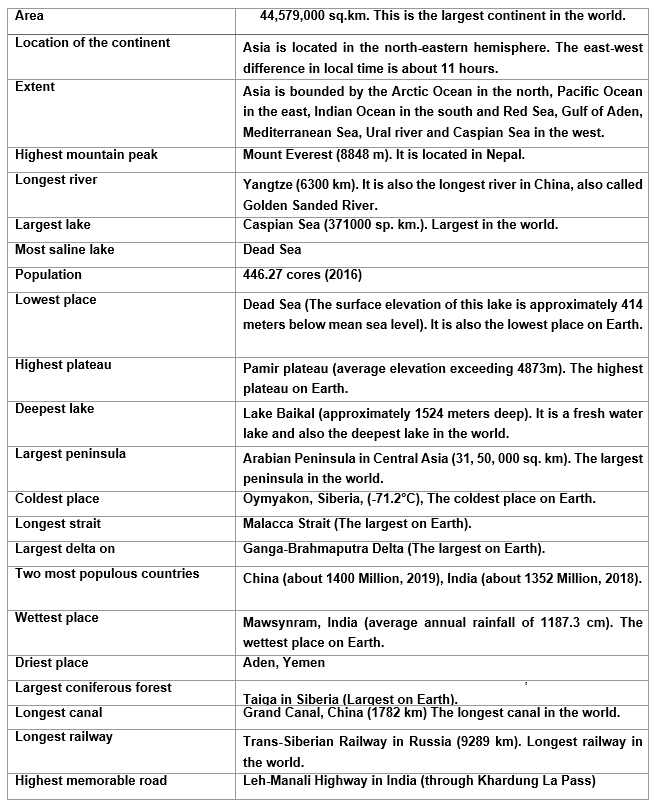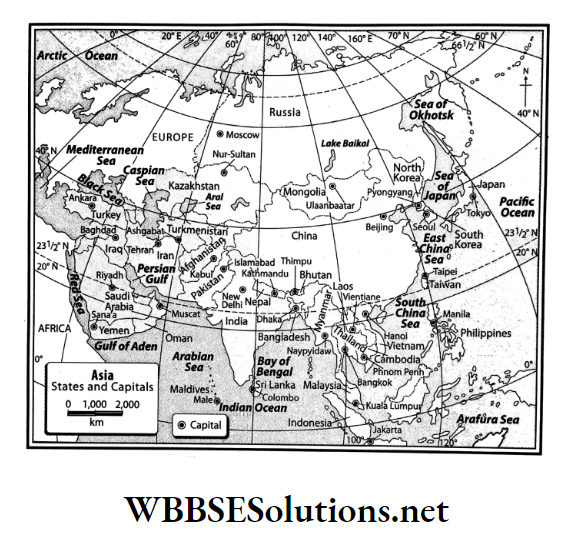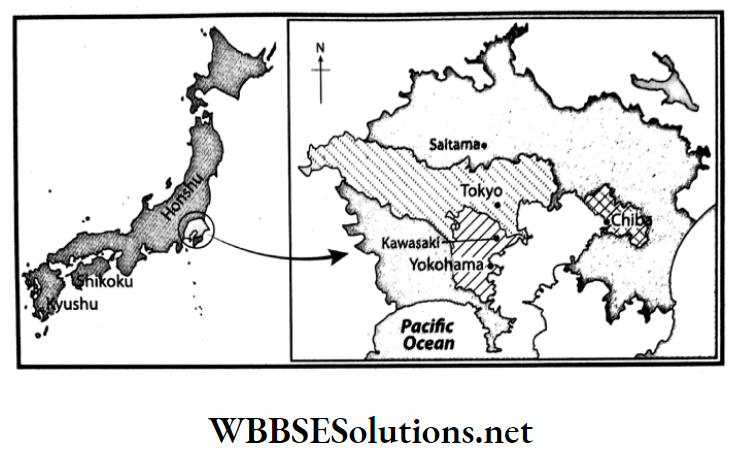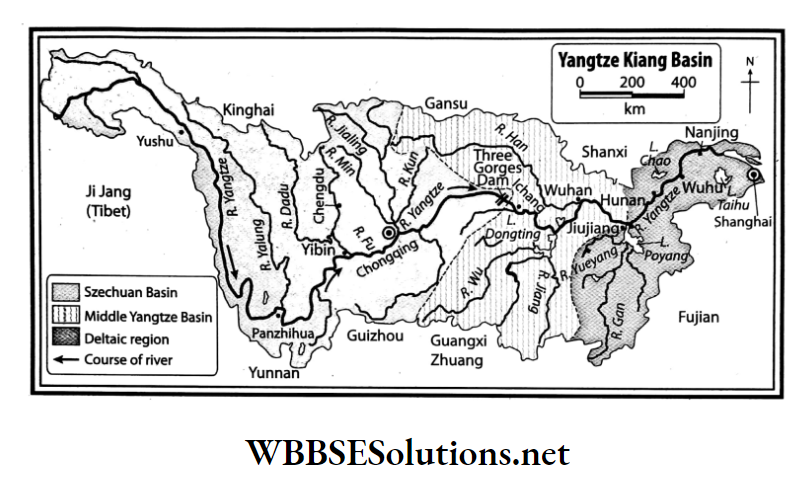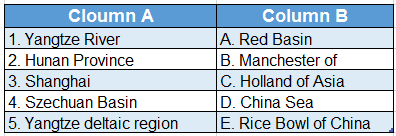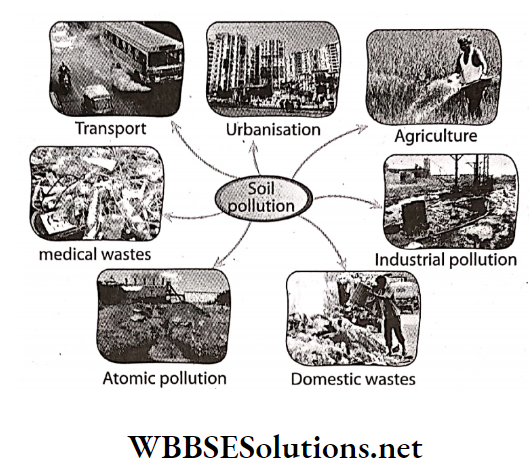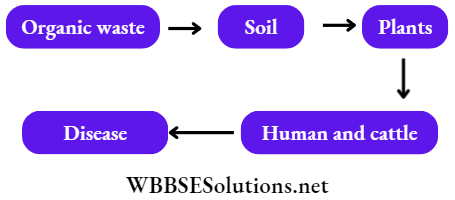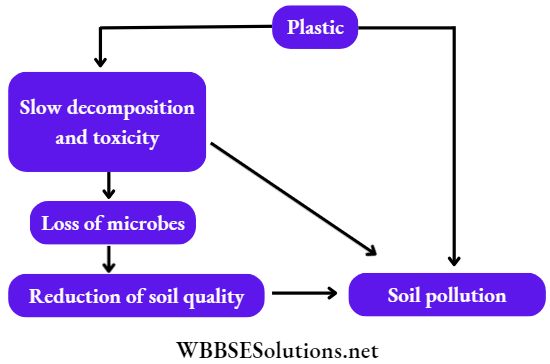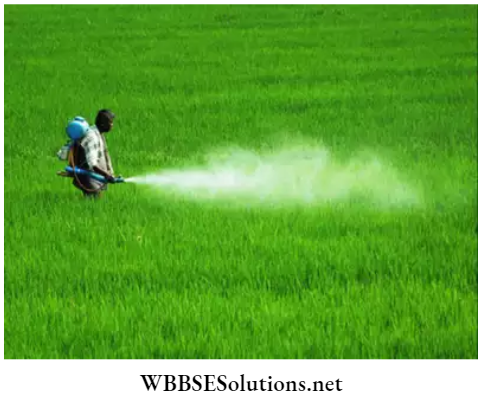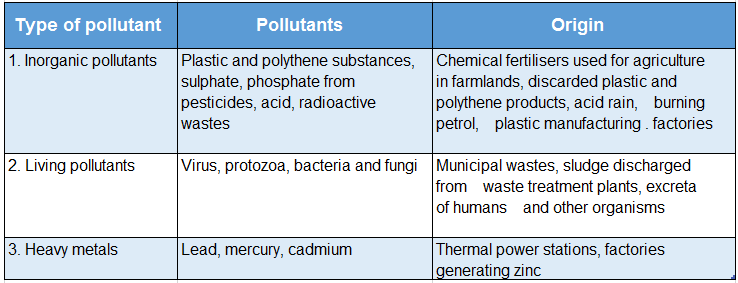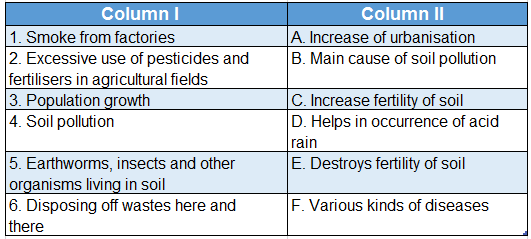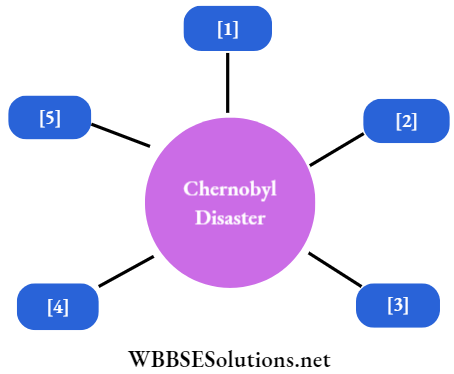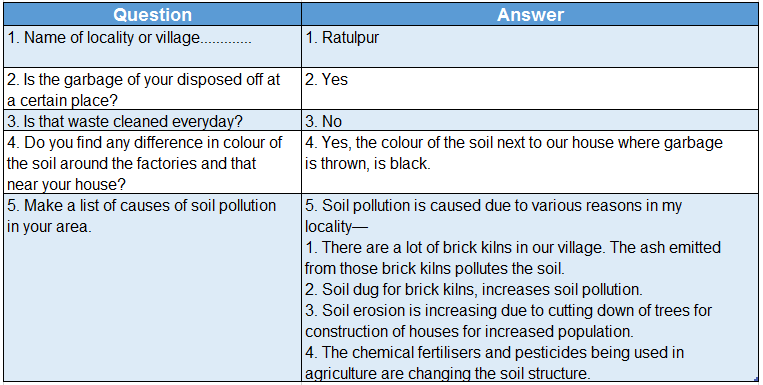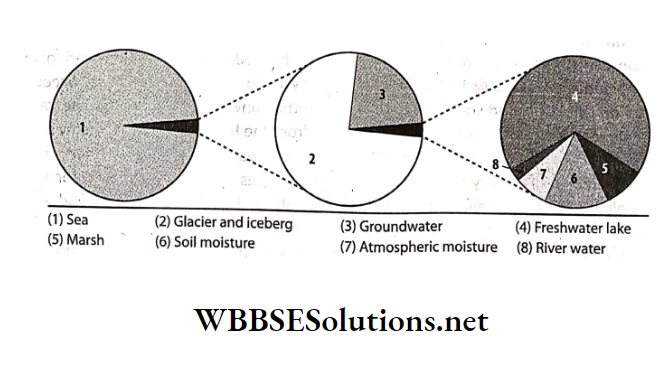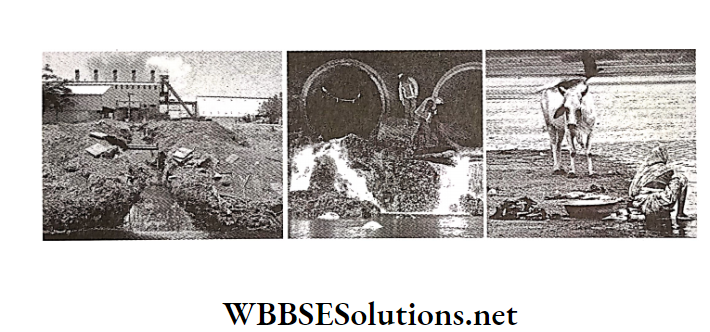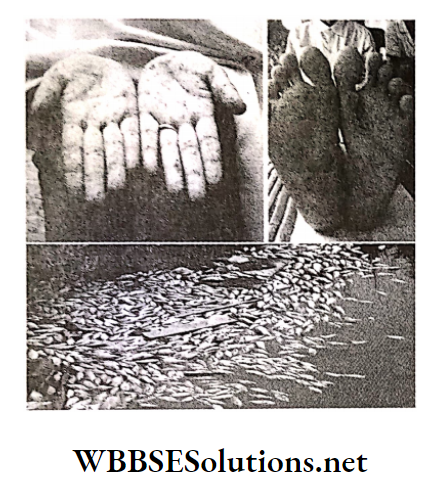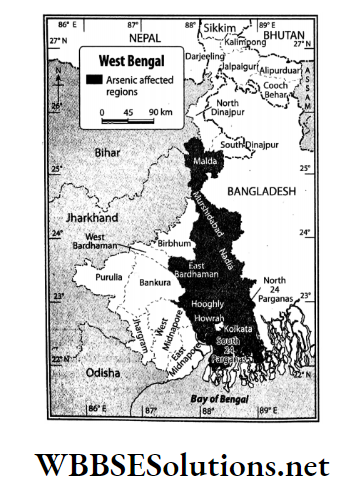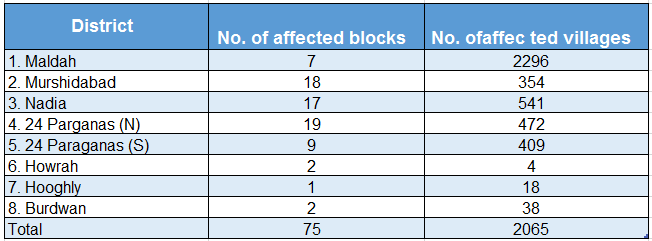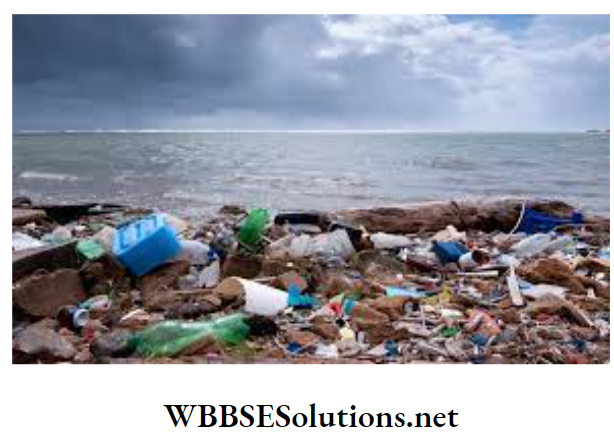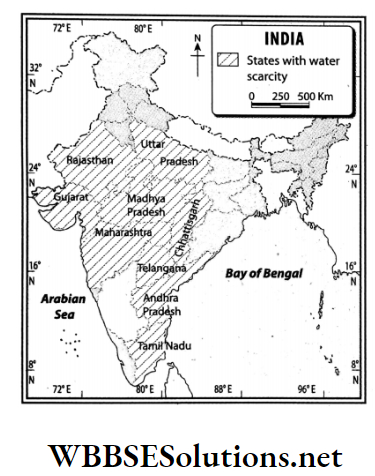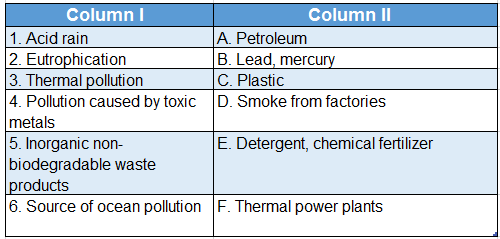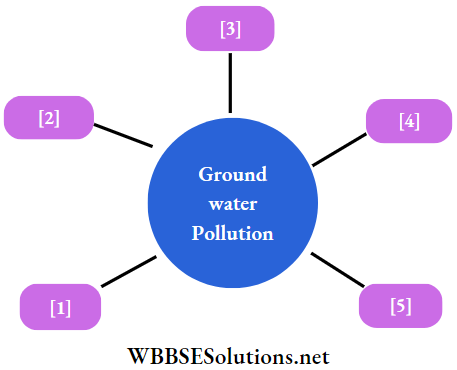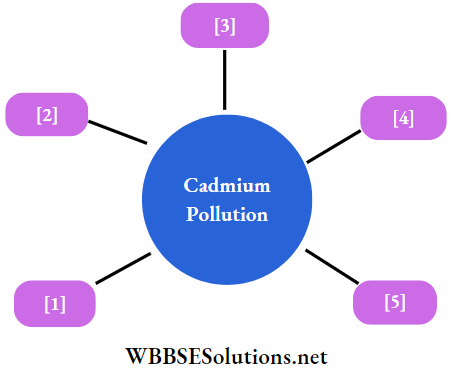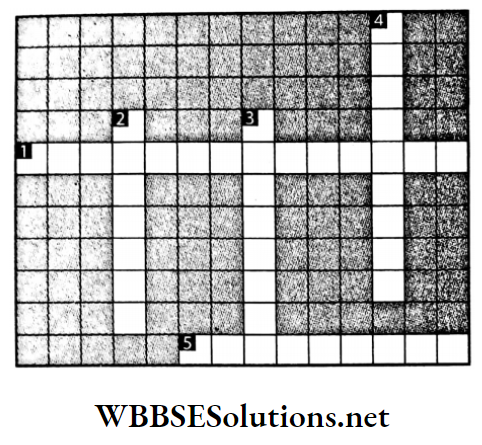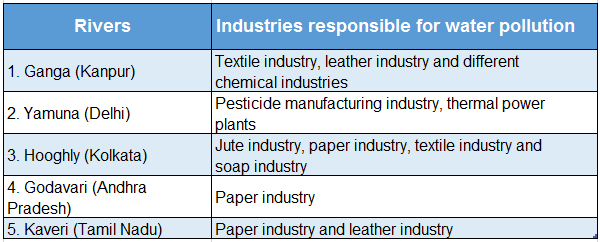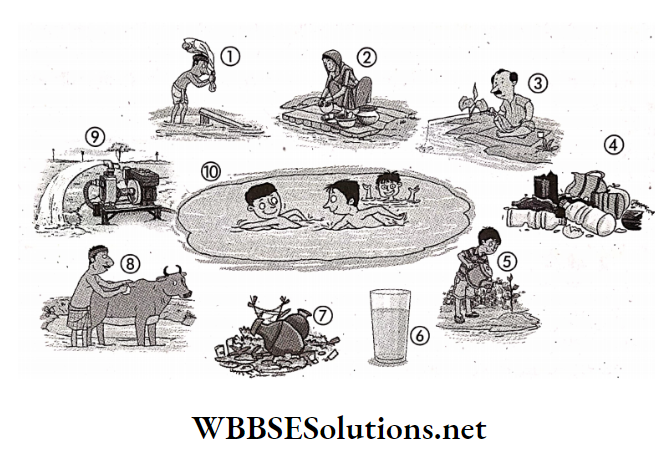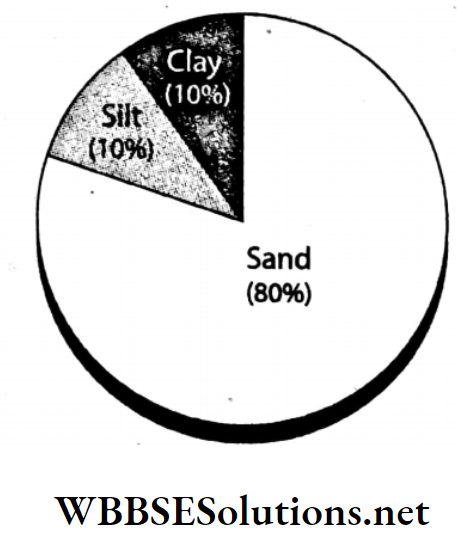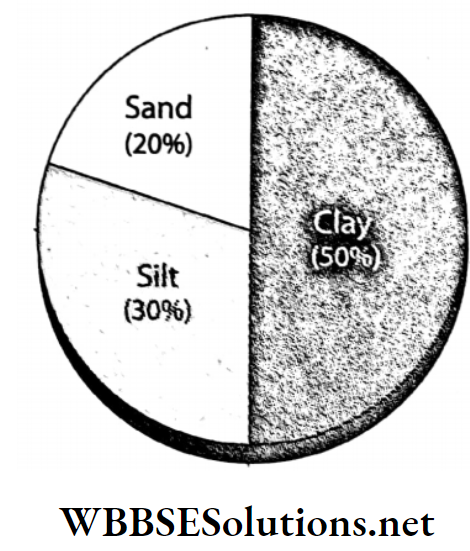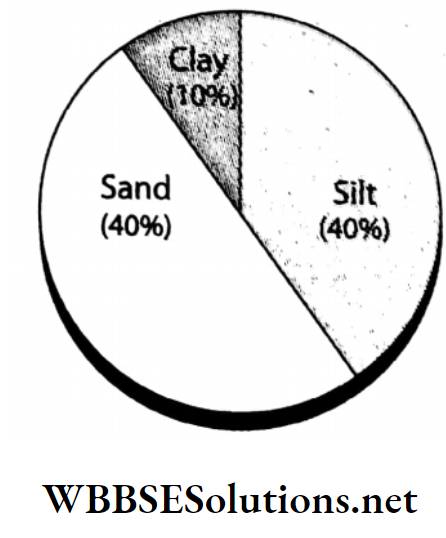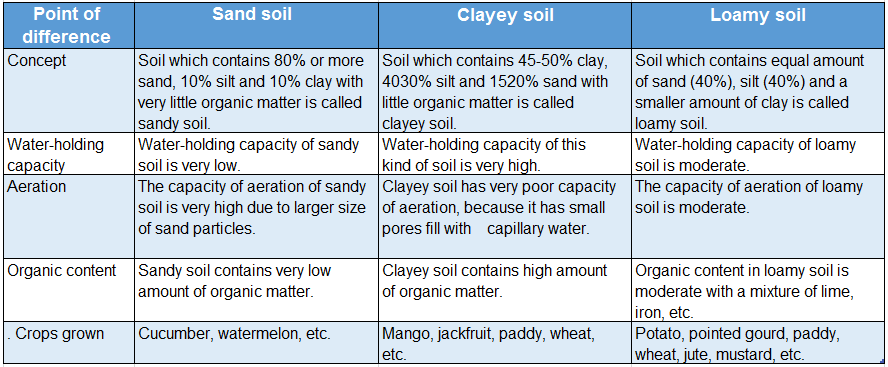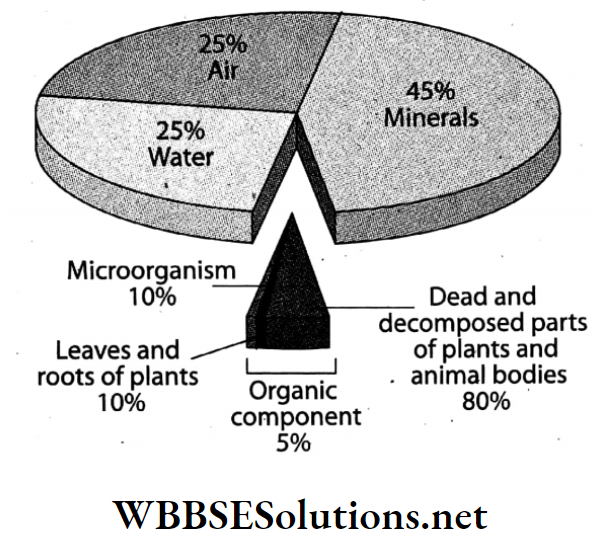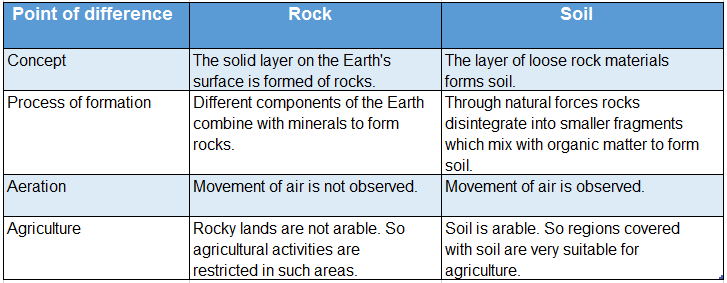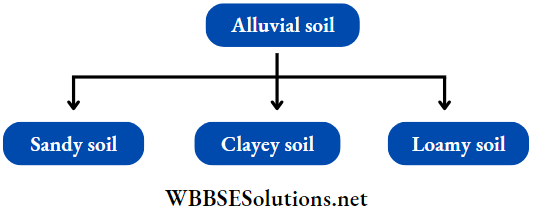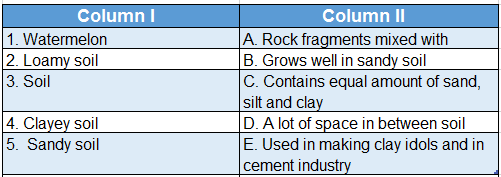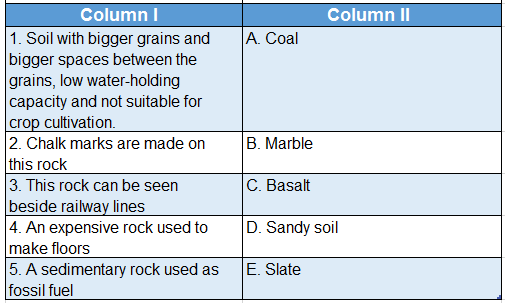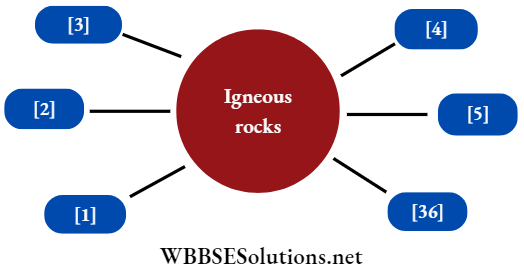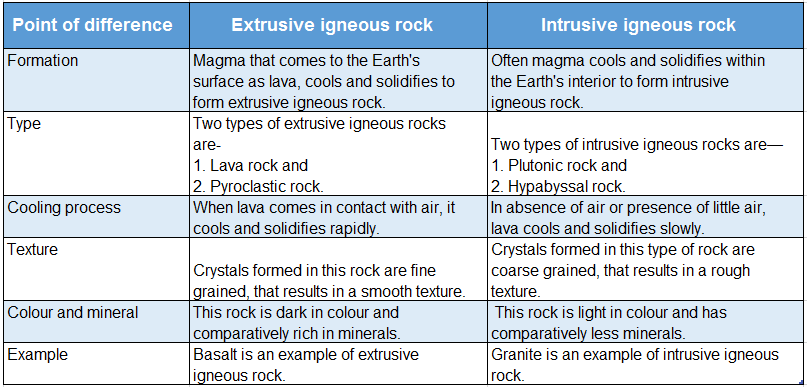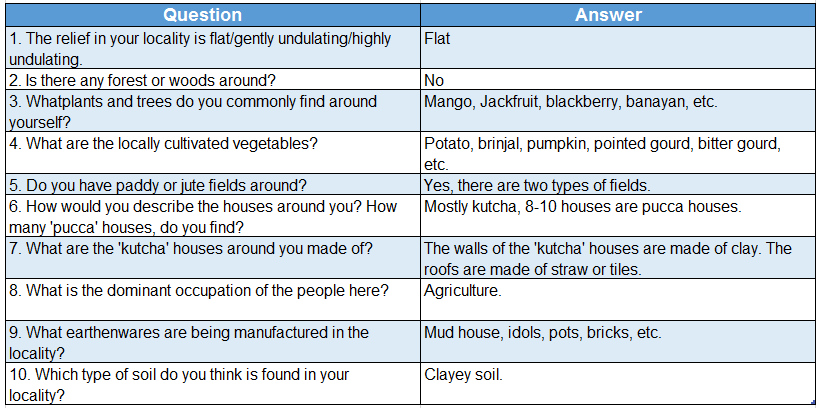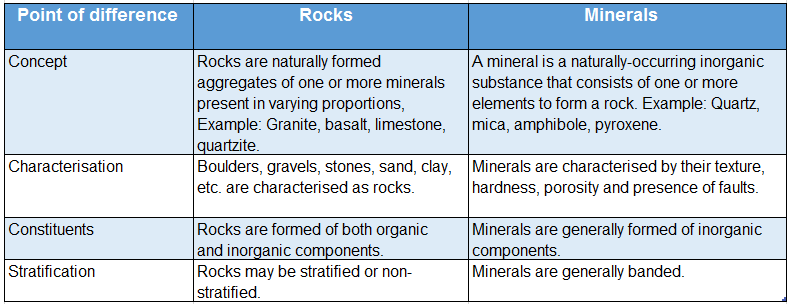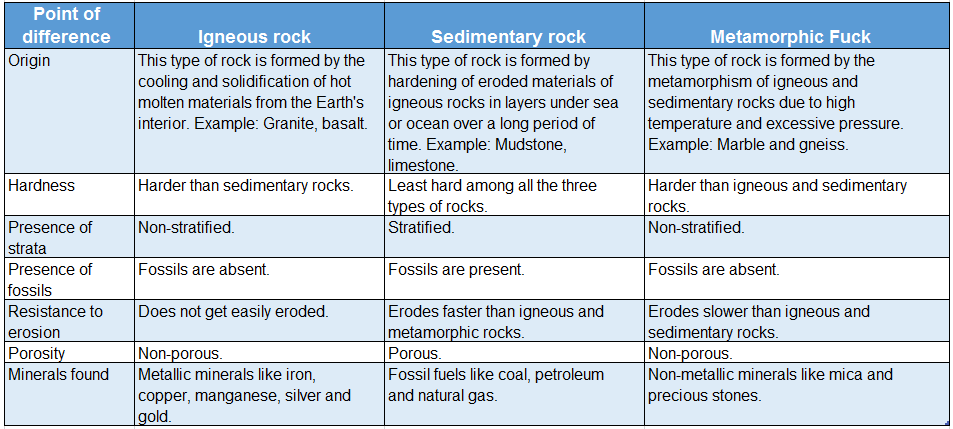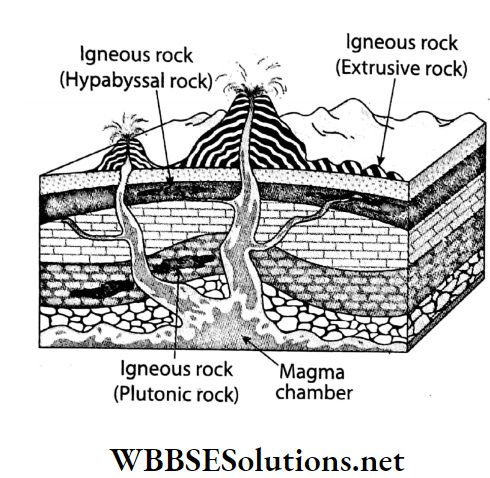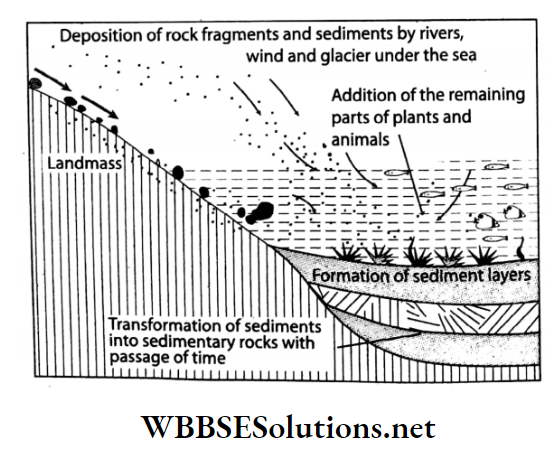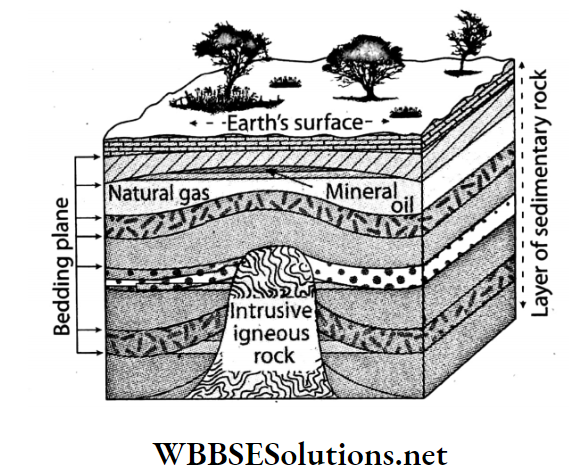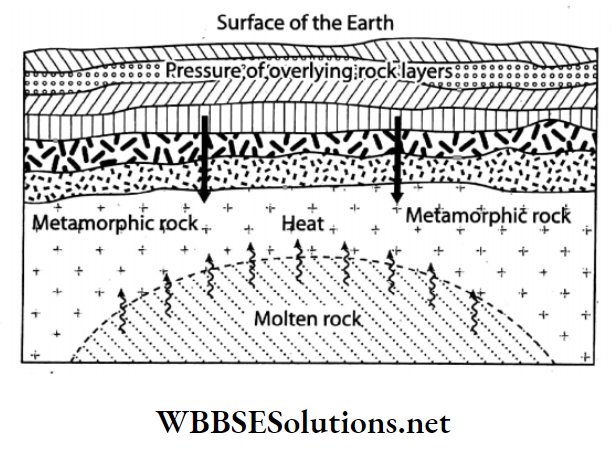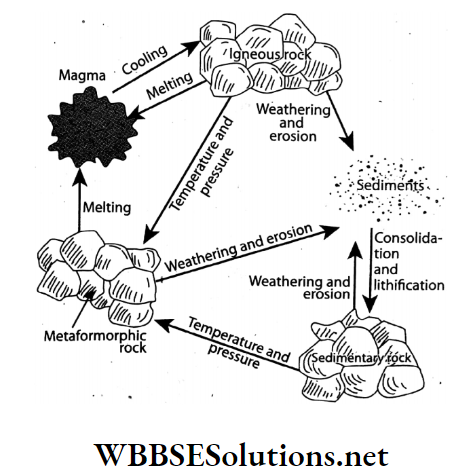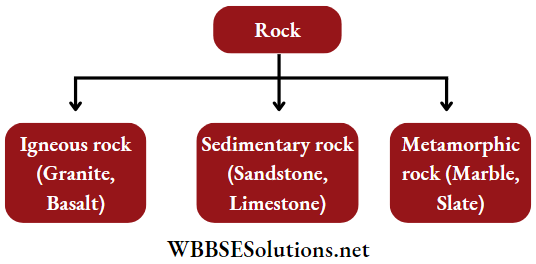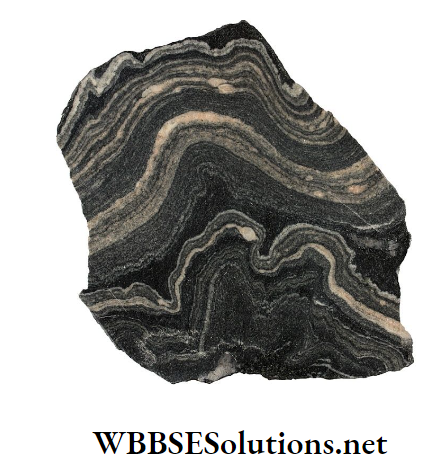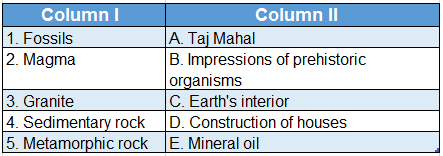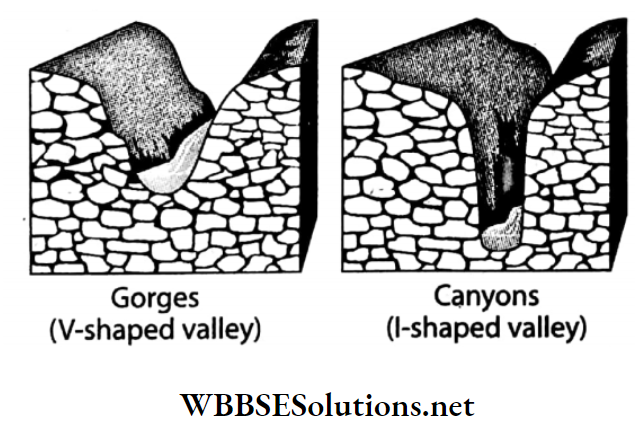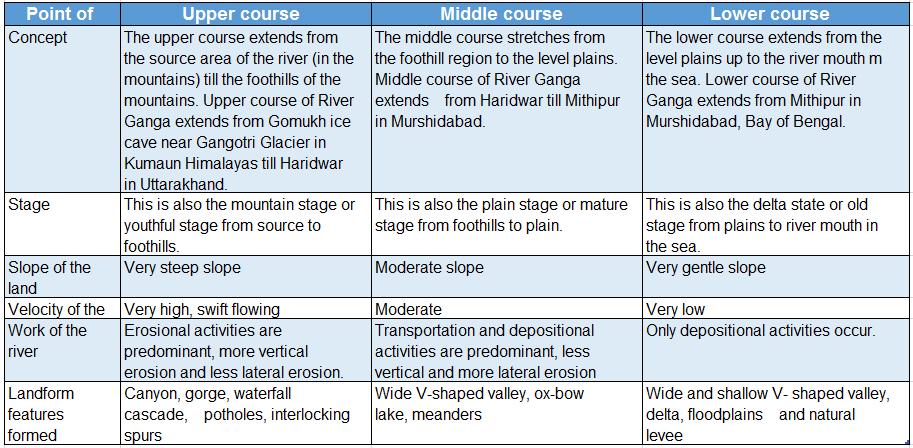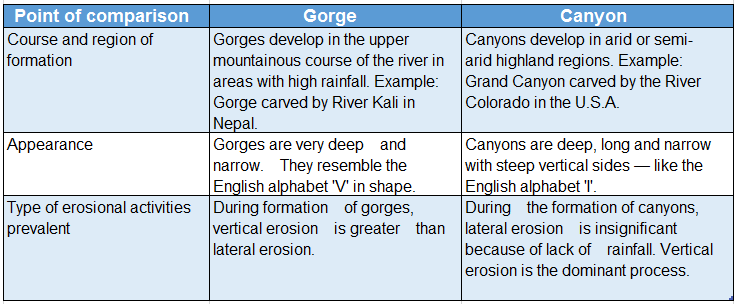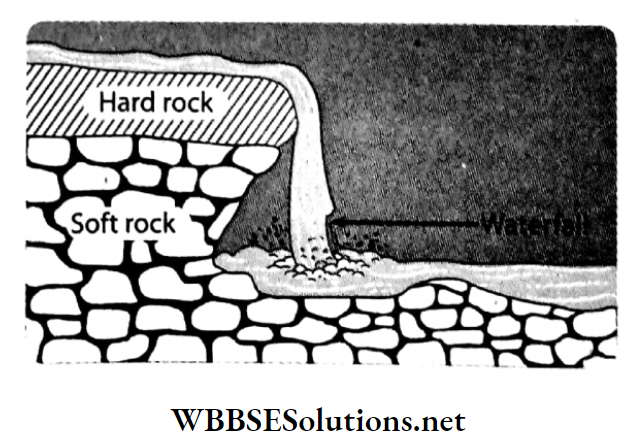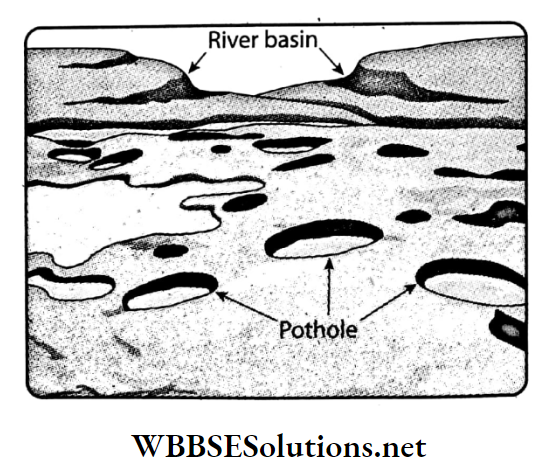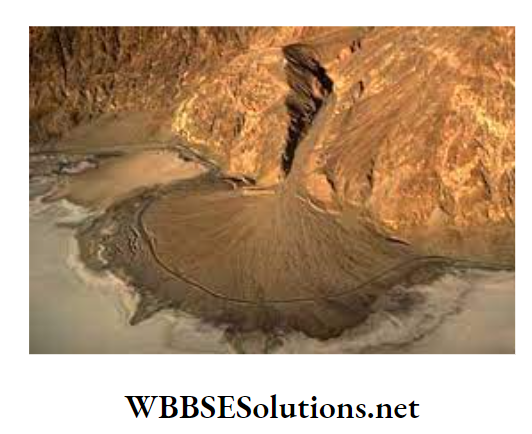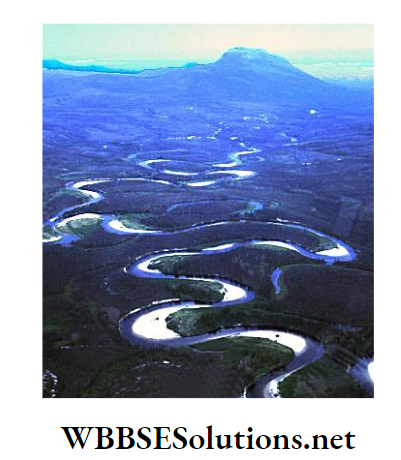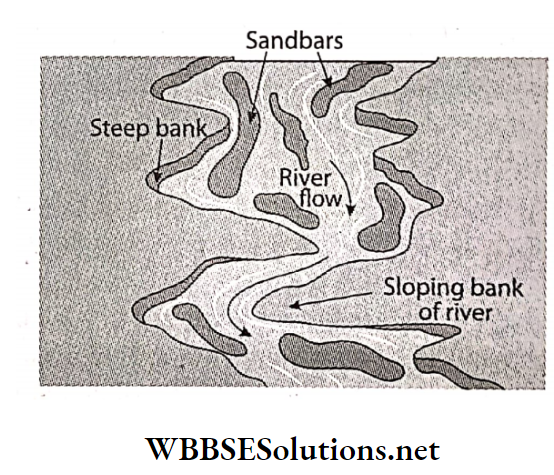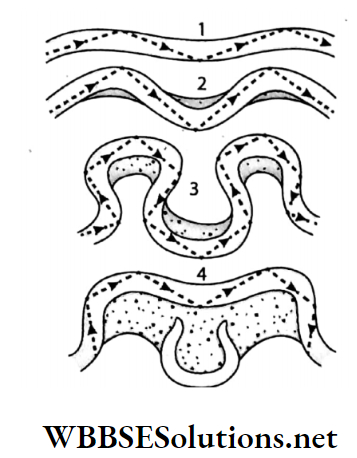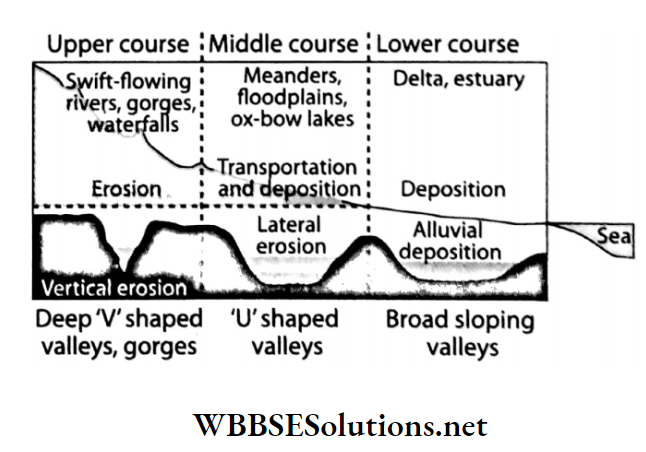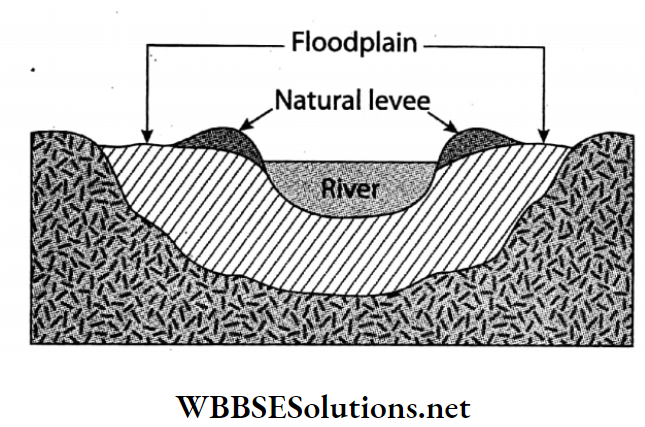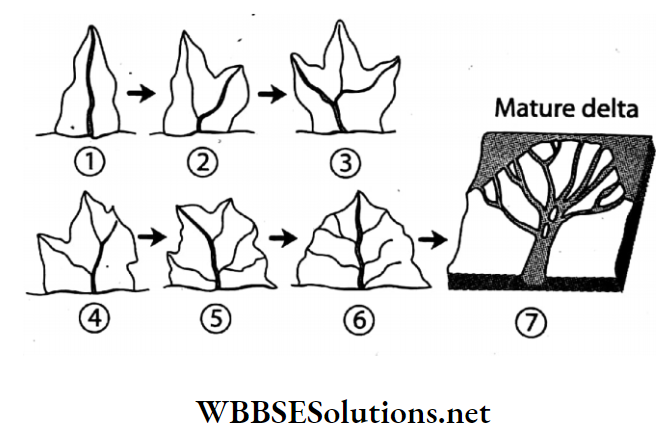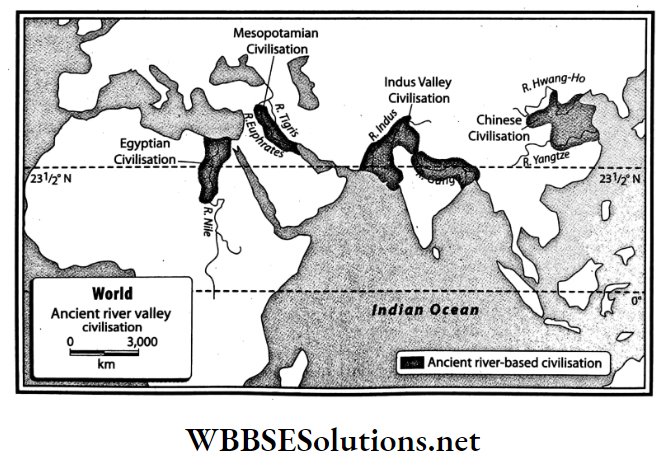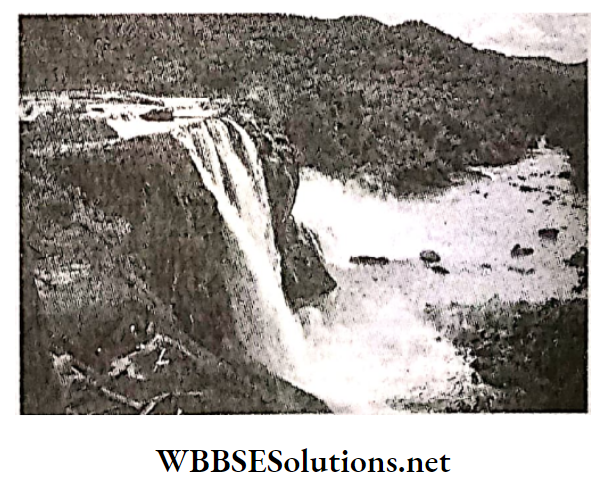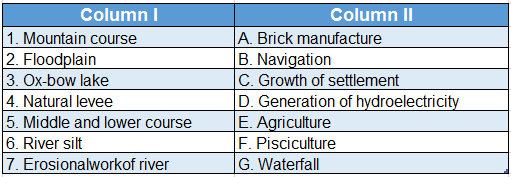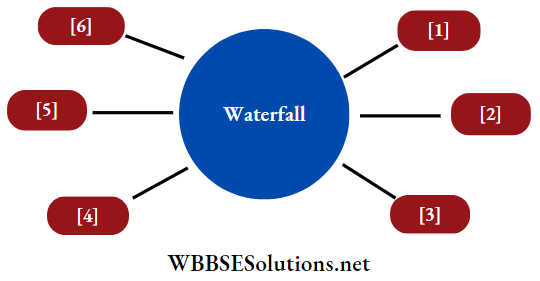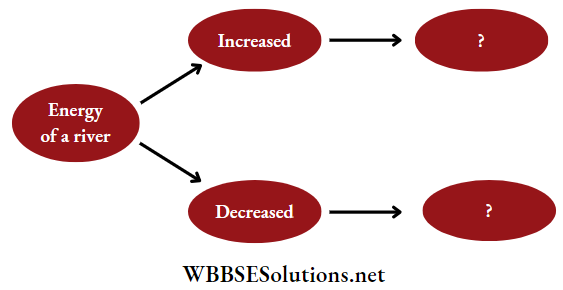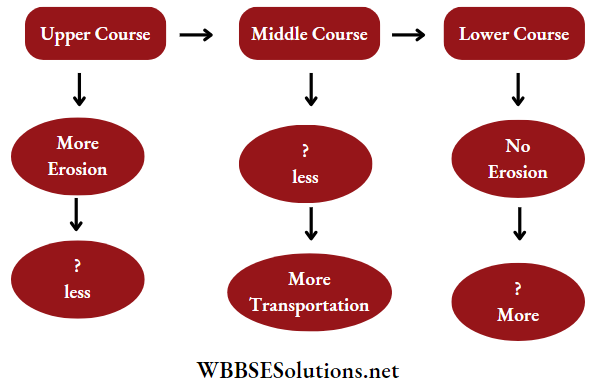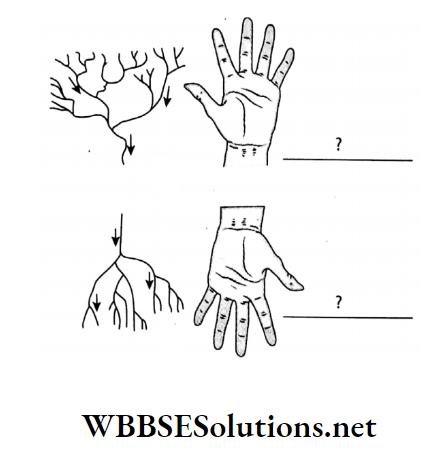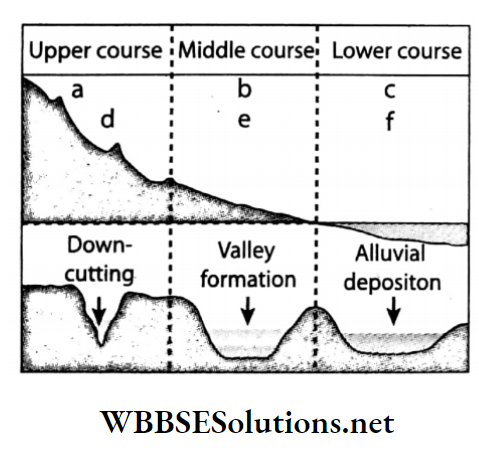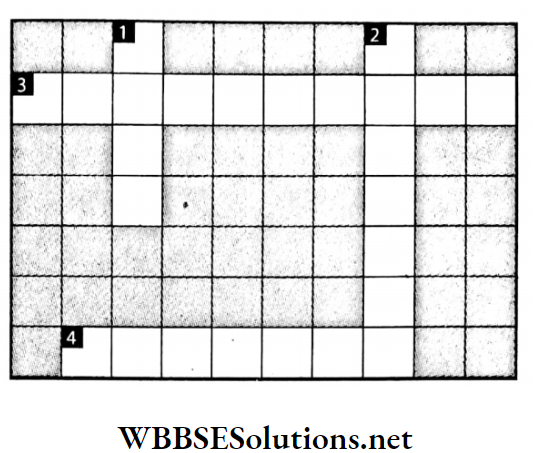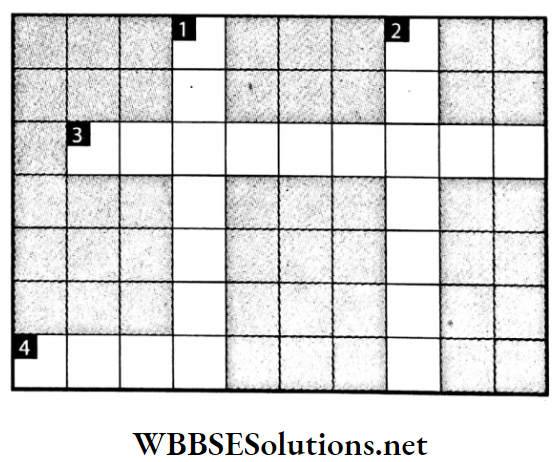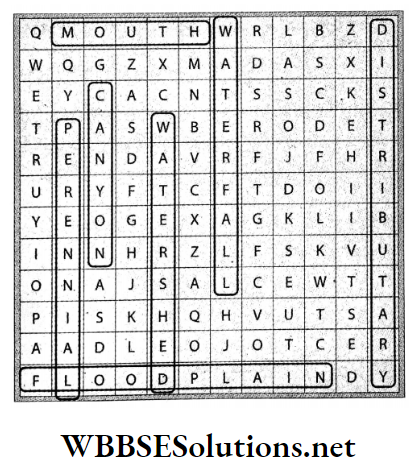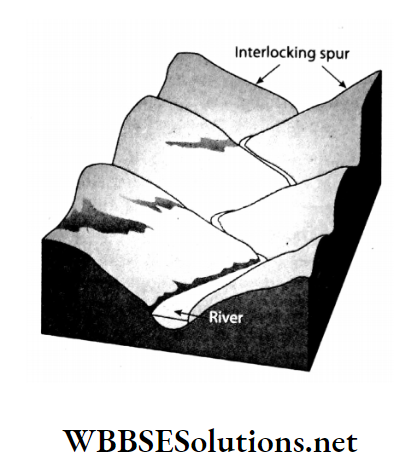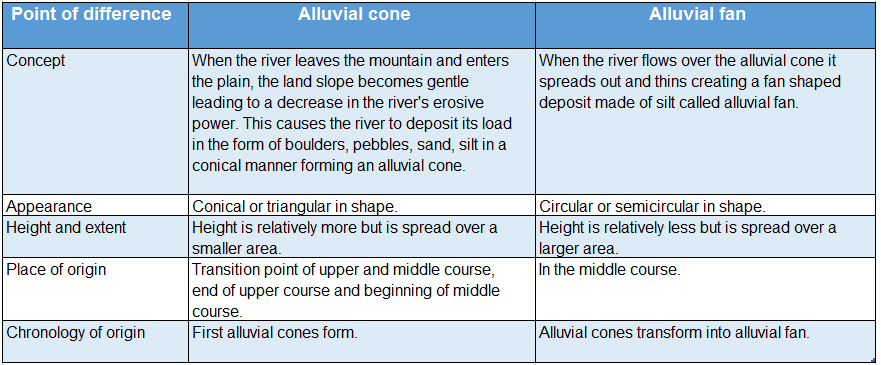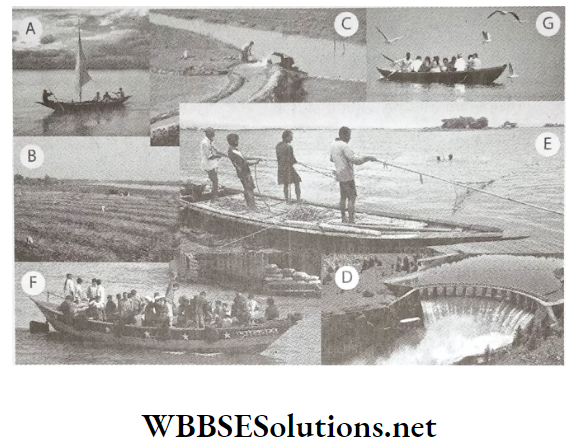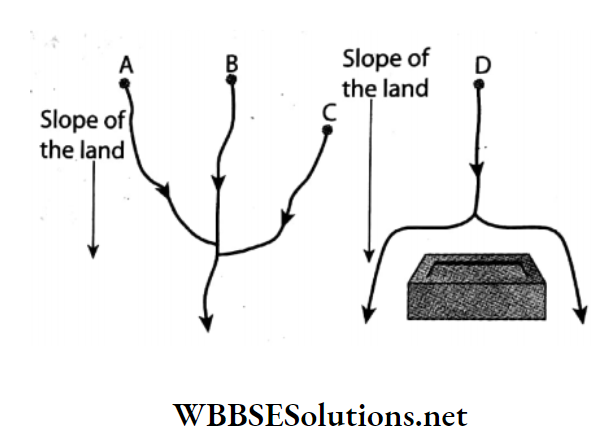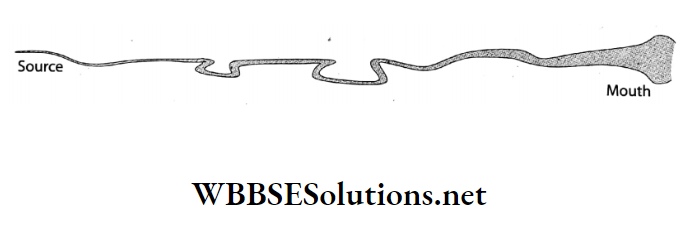Chapter 9 Continent Of Asia Synopsis
The great undivided landmass, comprising of Europe and Asia together is known as Eurasia (Europe + Asia).
A continent in which there are high mountain ranges, vast plateaus, vast plains, fertile rivers, valleys, etc. and have some distinctive features, which are not found in any other continent is known as the ‘Continent of Extremes’. For example, Asia.
The highland from which numerous mountain ranges radiate in different directions or the highland on which numerous mountain ranges meet, is known as the mountain knot. For example, the Pamir Plateau, the largest mountain knot of the world, is located in the middle of Asia.
The height of the Pamir Plateau in Central Asia is about 4873 metres. Being the highest plateau of the world, it is known as the ‘Roof of the World’.
The vast plains to the north of the central mountains of Asia are known as the Northern Plains of Asia. This is the largest plain in the world. There are three subdivisions of this plain-the lowland of Turan, the Siberian Plain and the East Shield Plain.
The combined flow of the Tigris and the Euphrates rivers, which originate from the Kurdistan Mountains of the Armenian Plateau is known as the Sat- El-Arab.
WBBSE Solutions For Class 7 Geography
Yangtze River is commonly known as the Gold Sanded River as sand particles which are golden yellow in colour are found with the water flow.
The Hwang Ho River carries a large amount of silt which is yellow in colour. Thus this river is also known as the Yellow River.
The coniferous forest in Siberia of Russia is known as the Taiga. This forest is the largest coniferous forest in the world.
The basin formed by the deposition brought down by four tributaries of the River Yangtze at the source area is called the Sichuan Basin or Szechwan Basin. This basin is composed of red sandstones. That is why it is also known as the Red Basin.
The central basin of the Yangtze River in China for its fertile soil produces large quantities of grains (rice, wheat, cotton, sugarcane, oilseeds). That is why the middle or central basin from Ichang to Hunan is called the ‘Granary of China’.
The delta region of the River Yangtze extends from Hunan to the China Sea. Like Holland in Europe, this delta region of the Yangtze River is called the Holland of China or Holland of Asia, as it contains many polder lands or lands recovered from sea, wetlands and canals.
Manchester is the largest textile weaving centre in England and a famous textile industrial hub in the world. Similarly, Shanghai is the largest textile centre in China. For such similarities, Shanghai is often called as the ‘Manchester of China’.
To the east of Honshu, the largest island in Japan, lies the Kanto Plain. It is a densely populated plain land, centred on the Gulf of Tokyo, covering seven regions namely Gunma, Tochigi, Ibaraki, Saitama, Tokyo, Chiba and Kanagawa.
The best industrial area in Japan is located in the Kanto Plain centred around the ports of Tokyo, Yokohama, Kawasaki, and Chiba near the Gulf of Tokyo and east of Honshu Island. This area is known as the Kihin Industrial Region or the Tokyo-Yokohama Industrial Region.
The nine countries (Iran, Iraq, Kuwait, Oman, Qatar, Saudi Arabia, Syria, UAE and Yemen) of southwest Asia form the largest petroleum-rich (both in production and reserve) region in the world. Ghawar and Safaniya, both of Saudi Arabia, are the world’s largest on-shore and off-shore petroleum-producing fields respectively.
Chapter 9 Topic A Revolution Of The Earth Analytical Type Questions Revolution of the Earth
Question 1. Why is Asia called ‘The land of extreme diversities’? or, State the geographical importance of Asia.
Answer:
Asia-‘The land of extreme diversities’:
Asia is called ‘The land of extreme diversities’ because of the following reasons-
1. Geological diversity:
The continent of Asia bears evidence of different geological ages. It contains parts of the two oldest landmasses-Angaraland and Gondwana- land as well as the newly formed Himalayan Ranges and most recently formed Sunderbans.
2. Geographical diversity:
Mt. Everest, the highest peak of the world as well as the Dead Sea, the lowest part on the landmass of the Earth are both located in Asia.
3. Climatic diversity:
Jacobabad (summer temperature 52°C) is the hottest place in Asia. On the other hand, Oymyakon (temperature -71.2°C), the coldest place in the world lies here. Again, Mawsynram (average annual rainfall 1392 cm), the wettest place in the world lies in Asia.
4. Diversity in drainage:
There are big snow-fed rivers as well as small rain-fed rivers in this continent. Caspian Sea, the largest lake. in the world and Baikal, the deepest lake are both located in Asia.
5. Diversity in vegetation:
This continent has the extensive Taiga region in the north as well as xerophytic vegetation in the desert region.
Question 2. Describe the physiography of Asia.
Answer:
Physiography of Asia:
Asia has diverse physical features. Asia can be divided into the following six divisions on the basis of its physical features-
The Northern Plains:
The Northern Plains extend from the Caspian Sea in the west to Bering Strait in the east and from the Central Mountains in the south to the Arctic Ocean in the north. This region can be divided into three parts-
- Turan Lowlands liying between the Caspian Sea and the Aral Sea.
- Siberian Plain and
- Eastern Uplands or Shield Region.
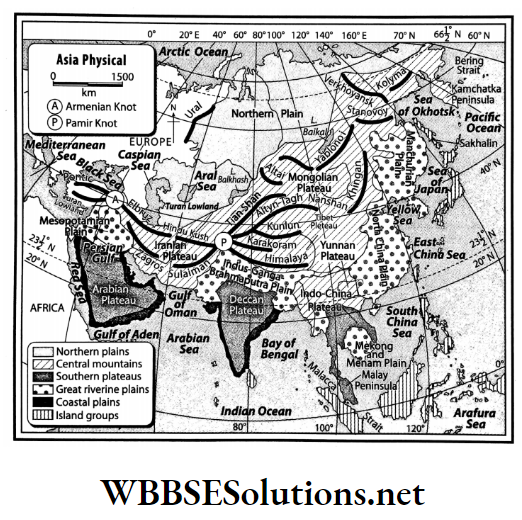
The central mountainous region:
In this part of the continent, a number of mountains radiate from the Pamir Knot and Armenian Knot.
- The Himalayas, Karakoram, Kunlun, Tien Shan, Hindu Kush, Suleiman, Altyn Tagh, Altai, Sayan, etc. radiate from the Pamir Knot.
- Elburz, Pontic and Taurus mountains radiate from the Armenian Knot. A number of intermontane plateaus are also found in this region. Tibet Plateau lies in between the Himalayan and Kunlun Mountain Ranges, Iranian Plateau lies in between the Hindu Kush and Sulaiman Ranges, Anatolia Plateau lies in between the Pontic and Tauras Mountain Ranges, etc.
Low dissected plateaus of the south:
There are three ancient landmasses in the southern part of Asia-
- Arabian Plateau,
- Deccan Plateau,
- Indo-China Plateau.
The course of the river explains the region’s slopes from west to east.
Riverine plains:
Rivers like Ob, Yenisei, Lena, Amu, Yangtze Kiang, Irrawaddy, Mekong, Ganga, Brahmaputra, Tigris and Euphrates have formed fertile plains along their basins. These plains are agriculturally prosperous as well as highly populated.
Coastal plains:
Asia is bounded on three sides by seas except on the west. Some parts of the coast are narrow while some are broad.
Island groups or archipelago:
There are innumerable volcanic, depositional and coral islands found in the Pacific and Indian Oceans.
For example- the Islands of Japan, the Indonesian Islands, the Kuril Islands, Islands of the Philippines, etc. Many islands are also found in the Arctic Ocean and the Mediterranean Sea.
For example, Greenland, Monumental Island in the Arctic Ocean and Ibiza, Majorca Island in the Mediterranean Sea.
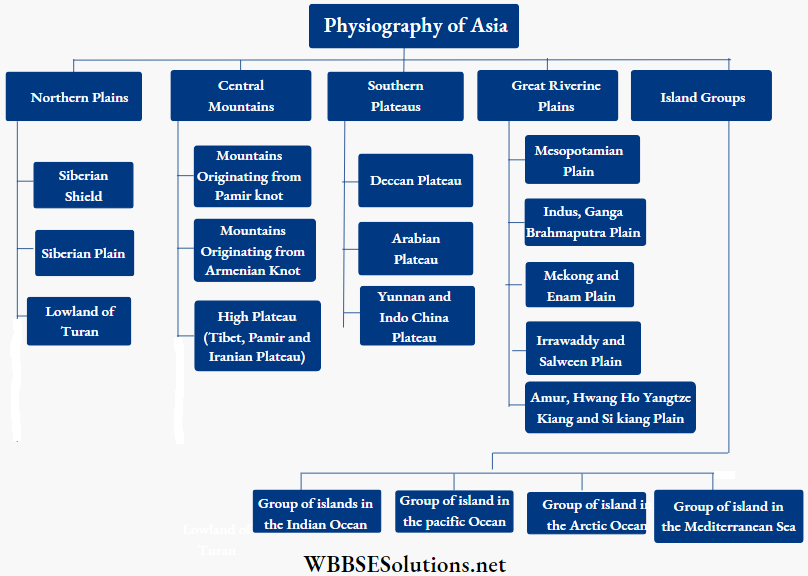
Question 3. Describe the Northern Plains of Asia.
Answer:
The Northern Plains of Asia:
The Northern Plains of Asia extend from the Caspian Sea in the west to Bering Strait in the east and from Central Mountains in the south to the Arctic Ocean in the north. This plain covers about 20% of the landmass of Asia.
These plains have been divided into three parts according to their origin, structure and nature. They are-
1. Turan Lowlands:
Location:
The Turan Lowlands are located between the Caspian Sea and the Aral Sea.
Formation:
This part was originally formed by the upliftment of the sea floor and later deposition of sand from the Arctic Ocean separated it from the sea. This part is about 3m- 10m below sea level.
The scarcity of rainfall has led to the formation of two deserts-Karakum and Kyzylkum.
2. Siberian Plains:
Location:
These plains extend from Ural Mountain in the west to Yenisei River Valley in the east.
Formation:
This region is formed by the sediments of Ob, Yenisei, and Lena and their distributaries. Glacial action has also been instrumental in the formation of this plain.
3. Eastern Uplands or Shield Region:
Location:
The Eastern Uplands extend from the Yenisei Valley in the west to Bering Strait in the east.
Formation:
Geologists think that the Shield Region was formed about 100 billion years ago. Later on, these lands became so consolidated that no terrestrial movement could disturb it.
However, the height of the shield has been reduced by rivers, glaciers and other weathering agents.
Question 4. Based on the direction of flow list the length, source, mouth and a few tributaries of some important rivers of Asia.
Answer:
List of some important rivers of Asia: Some important rivers of Asia are-
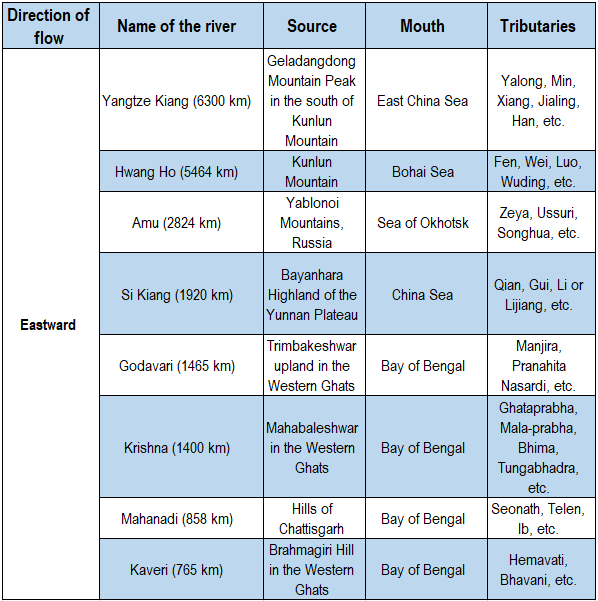
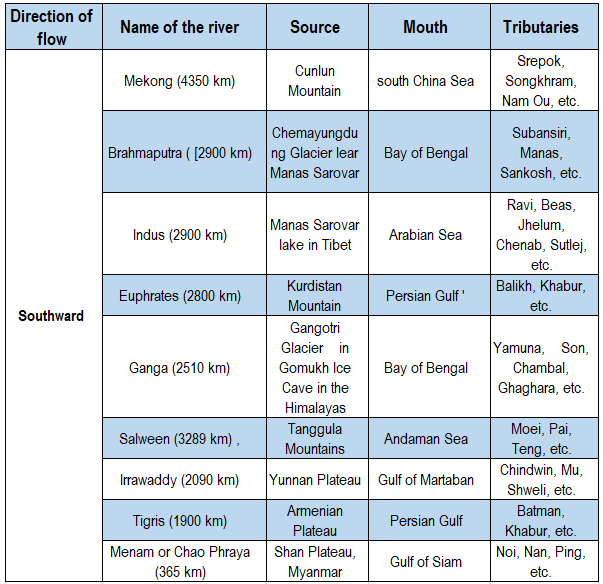
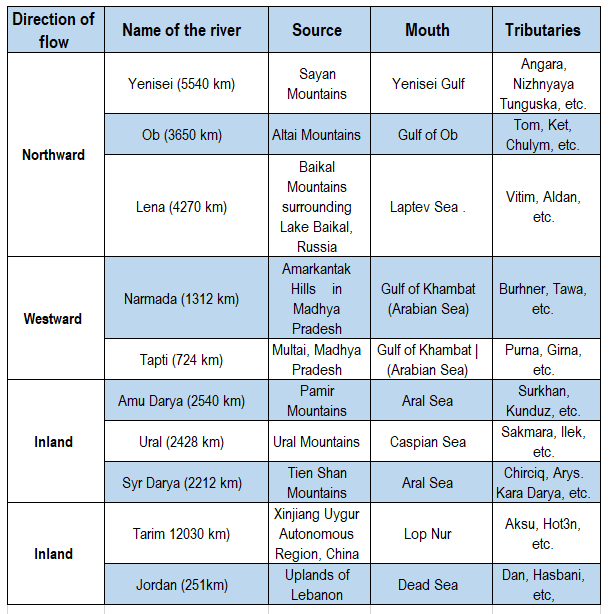
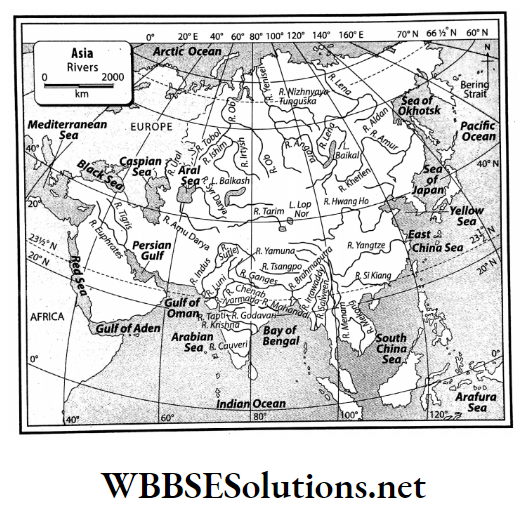
Question 5. Differentiate between north-flowing rivers and south-flowing rivers of Asia.
Answer:
Differences between north-flowing and south-flowing rivers of Asia:
The main differences between the north-flowing rivers and the south-flowing rivers of Asia are as follows-
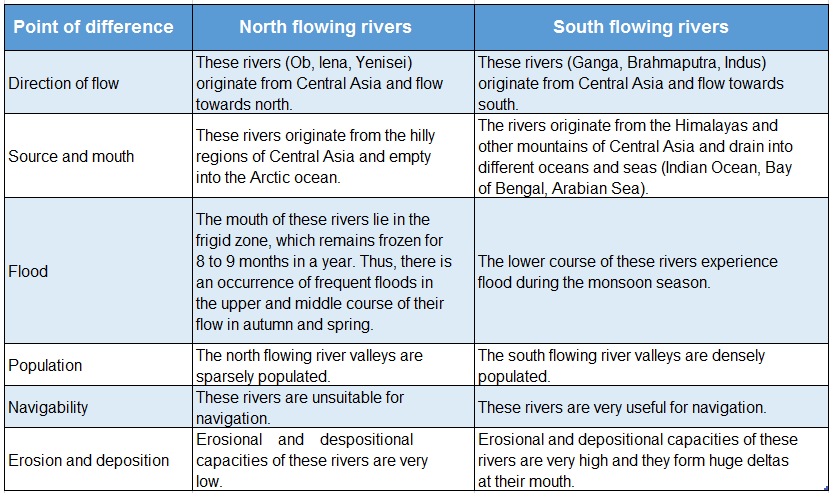
Question 6. Why does Asia have a diverse climate?
Answer:
Reasons for the diverse climate of Asia:
There are some reasons for diversity in the climate of Asia-
Latitude:
The continent of Asia extends from 10°S to 82°N. So its southern part lies in the torrid zone, the central part lies in the temperate zone and the northern part lies in the frigid zone.
Distance from the sea:
The continental climate is found in regions which are located at a distance of 2000 km-2500 km from the sea coast. In Tibet the summer temperature can reach as much as 40°C while in winter it can go much below the freezing point.
The parallelly maritime climate is experienced around the sea coasts.
Altitude:
Temperature decreases with altitude. So the temperature remains low in the mountainous regions throughout the year. The central mountainous region of Asia which has an average elevation of 4000m, experiences a cold climate.
Physiography:
Since there are high mountains extending from west to east in the central part of Asia, the cold winds from the north cannot enter the southern part. Similarly, the south-west monsoon winds coming from the south are unable to cross over to the north.
Question 7. Describe the features of any two types of climate found in Asia and show how they influence the natural vegetation.
Answer:
Any two types of climate found in Asia and their influence on natural vegetation: Two climatic regions of Asia are-
Equatorial climatic region:
Location:
This type of climate can be found in places located 10°N and S of the Equator in the countries of Indonesia, southern Malaysia, Sri Lanka, Maldives, Singapore, etc.
Features of climate:
- As the sun’s rays fall perpendicularly over here, the temperature remains high throughout the year. The average annual temperature is 25°C-30°C.
- Rainfall occurs throughout the year (200 cm-250 cm annually).
- In this region, only one season prevails i.e. summer.
Natural vegetation:
Features:
- This region has evergreen vegetation i.e. the trees do not shed their leaves altogether during any season.
- The trees are tall with stout trunks.
- A number of trees belonging to the same species grow together and several types of parasitic creepers, ferns and orchids grow around them.
Trees:
Rubber, mahogany, ironwood, rosewood and varieties of palms grow here.
Mediterranean climatic region:
Location:
This type of climate is found along the Mediterranean Coast of Asia in the countries of Turkey, Lebanon, Israel and Syria.
Features of climate:
- The coastal regions have a comparatively moist climate.
- Rainfall occurs in winter under the influence of westerly winds.
- Summer temperature is moderate (21°C-27°C).
- The average annual rainfall is 35 cm-75 cm.
Natural vegetation:
Features:
- The leaves are thick and covered with a waxy substance for protection from evaporation during the dry summer.
- Some trees have thick barks and juicy fruits.
- The roots are long and deep.
Trees: Cork, oak, pine, fir, olive and grapes.
Question 8. Discuss the relationship between the climate and natural vegetation of Asia.
Answer:
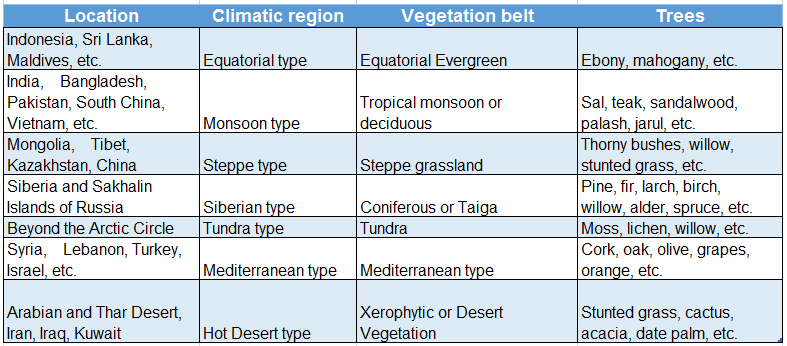
Relationship between climate and natural vegetation of Asia:
An intimate relationship exists between climate and natural vegetation. The nature and distribution of natural vegetation on the Earth’s surface depends on the elements of weather and climate like temperature, rainfall, humidity, etc.
The following table shows the distribution of natural vegetation on the basis of climate.
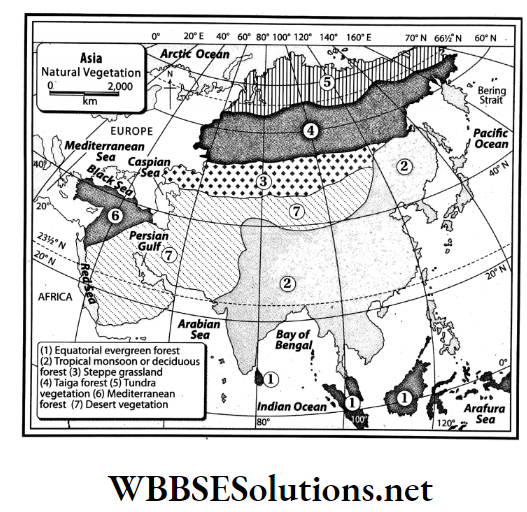
Question 9. Describe the location of the climatic regions of Asia.
Answer:
Location of the climatic regions of Asia:
On the basis of climatic characteristics, Asia can be divided into different climatic regions. Their locations are-
1. Equatorial climatic region:
This region extends on both sides of the Equator from 10°N to 10°S encompassing the countries of Indonesia and Malaysia in the north and Sri Lanka, Maldives, Singapore, etc. in the south.
2. Monsoon climatic region:
This region extends from 10°N to 30°N encompassing the countries of India, Bangladesh, Pakistan, the southern part of China, Thailand, Vietnam, etc.
3. China-type climatic region:
In the central and northern parts of China, South Korea and in certain parts of Japan, the existence of this climatic region can be seen.
4. Manchurian climatic region:
In the Manchuria region of China, the northern part of North and South Korea, etc. the existence of this climatic region can be seen.
5. Mediterranean climatic region:
Countries like Syria, Lebanon, Turkey, Israel, Jordan, etc. lying between 30°N-35°N along the coast of the Mediterranean Sea fall under this climatic region.
6. Hot desert climatic region:
The Arabian Desert, Thar Desert of India and Pakistan, Iraq, Iran, Kuwait, etc. experience this type of climate.
7. Steppe climatic region:
The southwestern region of Siberia and the Mongolia Plateau fall under this climatic region.
8. Siberian climatic region:
The Siberian region of Russia and a few areas of Sakhalin Islands fall under this climatic region.
9. Tundra climatic region:
The Arctic Circle region of the continent experiences this climate.
10. Mid-latitude continental climatic region:
The mountainous region of Central Asia falls under this climatic region.
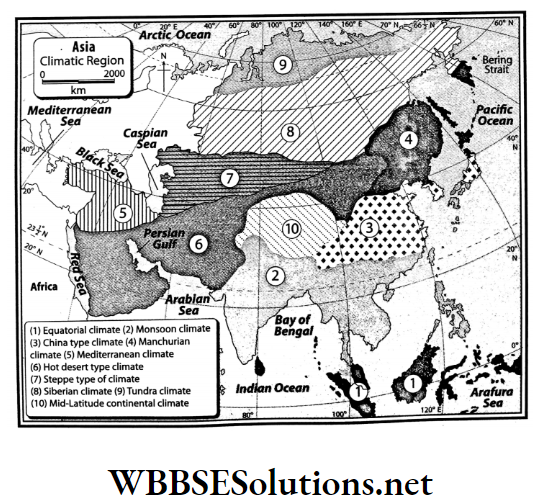
Chapter 9 Topic A Revolution Of The Earth Short Analytical Type Questions
Question 1. Mention the area and boundaries of the continent of Asia.
Answer:
The area and boundaries of the continent of Asia
Among the seven continents in the world, Asia ranks first according to area. It covers an area of about 4,45,79,000 sq.km i.e. 8.7% of the earth’s total surface area and comprises 30% of the land area.
To the north of this continent is the Arctic Ocean and to its south is the Indian Ocean. It is further bounded by the Pacific Ocean and Bering Strait in the east. Red Sea, Gulf of Aden, Africa, Mediterranean Sea, Europe, Ural River and Ural Mountains, Suez
Canal in the west.
Question 2. Give the location and extent of the continent of Asia.
Answer:
The location and extent of the continent of Asia:
Asia, the largest continent in the world is located due east of the continents of Europe and Africa.
It extends from Cape Piai, Malaysia in the south (1°16′ S) to Cape Chelyuskin, Russia in the north (77°44’N) and from Cape Dezhnev, Russia in the east (169°40’W) to Cape Baba, Turkey (26°4’E) in the west.
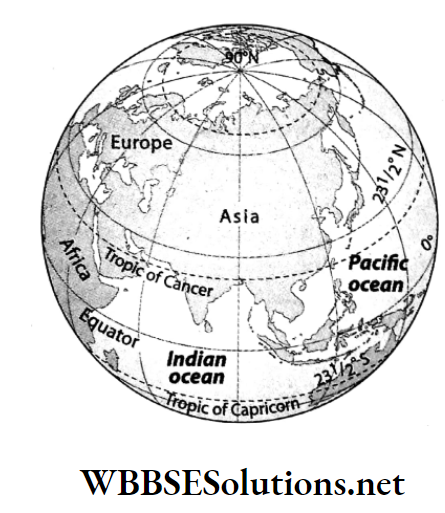
Due to its large east-west extension, when the sun rises in the western region, it is noon in the middle part and dusk in the extreme east of Asia.
Question 3. Describe the central mountains of Asia.
Answer:
The central mountains of Asia:
Almost all the mountain ranges of Asia radiate mainly from two nodal points or knots.
These two knots are-
- Pamir Knot and
- Armenian Knot.
Mountain ranges radiating from Pamir Knot are-
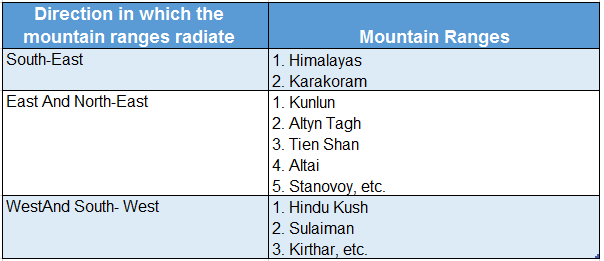
Mountain ranges radiating from Armenian Knot are-

Question 4. Write a brief note on the Pamir Knot.
Answer:
Pamir Knot:
Pamir Knot is the nodal point from which almost all the mountain ranges of Asia radiate in different directions. The mountain ranges radiating from Pamir Knot are Hindu Kush and Sulaiman to the west.
The Hindu Kush Range extends westwards as the Elbruz Mountain Range while the Sulaiman Range runs westwards first as Kirthar Range and then as the Zagros Mountains.
To the east of the Pamir Knot lies the Himalayan, Karakoram, Kunlun, Altyn Tagh and Tien Shan Ranges.
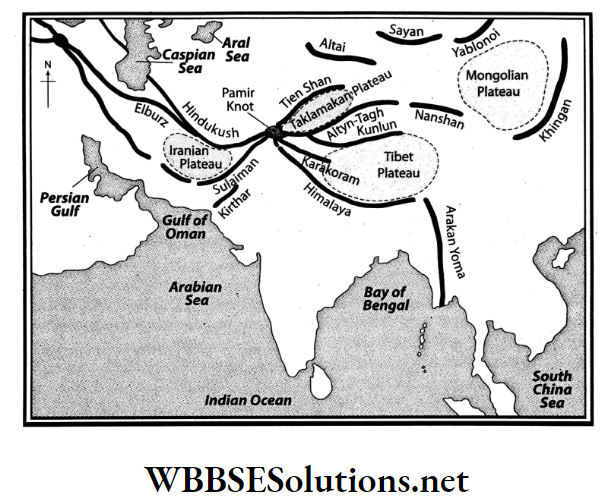
Question 5. Give an account of the southern plateaus of Asia.
Answer:
Southern plateaus of Asia:
There are three vast plateaus located in the southern part of Asia. These are-
1. Arabian Plateau:
Located to the southwest of Asia. The general slope of the plateau is from southwest to north-east.
2. Deccan Plateau:
Located in the southern part of India. To its west lies the Western Ghats or Sahyadri Range and to its east lie the Eastern Ghats. The slope of the plateau is from west to east.
3. Indo-China Plateau and Yunnan Plateau:
Both are parts of the same plateau lying in the southeastern part of Asia.
Question 6. Describe the Northern Plains of Asia.
Answer:
Northern Plains of Asia:
There is an extensive plain in the northern part of Asia which extends from the Caspian Sea in the west to the Bering Strait in the east and from the Central Mountain Belt in the South to the Arctic Ocean in the north.
This plain gently slopes from southeast to north-west. So, the rivers like Ob, Yenisei and Lena flow over this plain from south to north and flow into the Arctic Ocean.
On the basis of the variation in physiography at different places the Northern Plains of Asia can be divided into three parts-
- A Lowland of Turan,
- Siberian Plain,
- Eastern Uplands or Shield Plateau.
Question 7. What do you know about the Siberian Plain?
Answer:
Siberian Plain:
The largest lowland in the world is the Siberian Plain. It extends from the Yenisei River Valley in the east to the western boundary of the Asian continent in the west.
It has been formed by the depositional action of Ob, Yenisei, and Lena Rivers and glacial action. Its mean elevation is 200 meters. It is wide near the Ural Mountains and gradually becomes narrow near the Yablonoi or Yablonovy and Stanovoy Mountains.
Due to the extremely cold temperature in the Arctic region, the rivers in their lower course i.e. in the northern part get frozen. As the waters in the upper course of the rivers are unable to reach the sea, every year severe floods occur in this region, making it swampy and marshy.
Question 8. Name a few alluvial plains of Asia.
Answer:
Alluvial plains of Asia:
In several parts of Asia, especially in the southeastern parts, many alluvial plains have formed.
Example
- The area of the Tigris- Euphrates river system or Mesopotamian Plain in Iraq.
- The Indus-Ganga-Brahmaputra Plain extends over India, Pakistan, and Bangladesh.
- The North China Plain was formed jointly by the Amu, Hwang Ho, Yangtze, and Si Kiang Rivers.
- The plain formed by the Irrawaddy and Salween Rivers in Myanmar,
- The plain is formed by the Menam and Mekong rivers lying within Laos, Cambodia, and Thailand.
Question 9. Give an account of the island groups of Asia.
Answer:
Island groups of Asia:
All around the continent of Asia, especially in the Pacific Ocean and the Indian Ocean, there are many big and small islands as well as archipelagos (groups of islands).
Some of these islands are continental islands and a few are oceanic islands. These are-
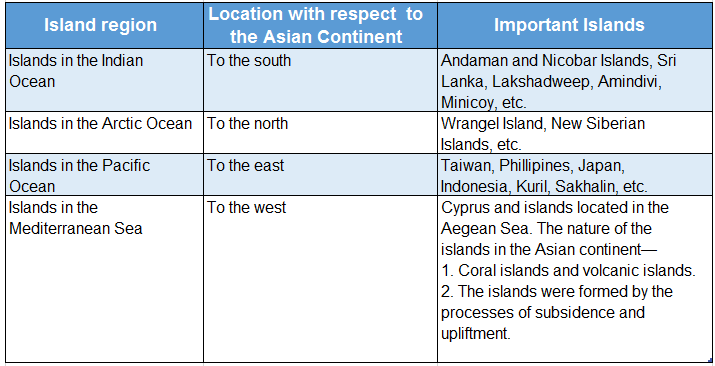
Question 10. What are the characteristics of the northward-flowing rivers in Asia?
Answer:
The characteristics of the northward flowing rivers in Asia are-
A major part of the northern part of Russia including the Arctic Ocean remains frozen for about 8-9 months. So, the rivers flowing from the Central Mountain Belt of Asia namely Ob, Yenisei, and Lena in the south are unable to flow into the sea, as they are hindered by the snow. This hindrance results in the occurrence of frequent floods in the upper and middle course of the rivers.
- The rivers are unfit for navigation.
- Marshy lands are found along the river valleys
- The river valleys are sparsely populated.
Question 11. Why are the northward-flowing rivers of Asia flood-prone?
Answer:
The northward-flowing rivers of Asia flood-prone:
The northward-flowing rivers of Asia are flood-prone because-As the lower course and mouth of the rivers flowing across the Northern Plains of Asia are located in the frigid zone, they remain frozen for a greater part of the year.
But, the upper courses of these rivers are usually located in temperate regions (or comparatively warmer regions), where the river freezes only during winter.
So, if the mouths of the rivers remain frozen, the excess water flow due to heavy rain during spring and autumn in the upper course is unable to reach the lower course and drain through the mouth. Thus the river valleys are flooded.
Question 12. What are the features of the rivers of the Tundra region?
Answer:
The features of the rivers of the Tundra region:
The rivers which flow over the Tundra region of Asia are Ob, Yenisei, and Lena. The features of the rivers of the Tundra region are-
- The mouth of these rivers remains frozen almost throughout the year.
- The rivers have gentle gradients and have low flow velocities.
- Numerous large swamps have formed in the land areas near the river mouth due to flood.
Question 13. What are the characteristics of the southward-flowing rivers in Asia?
Answer:
The characteristics of the southward flowing rivers in Asia are-
- Most of the rivers in South Asia (except a few rivers like Tigris- Euphrates, etc.) flow through the monsoon climatic region. Though these rivers receive snow-melt water from mountainous regions, but most of them are rain-fed (monsoon rains) along the course.
- Floods occur in the lower course of the rivers during monsoon season.
- The rivers are perennial.
- The rivers are used for irrigation and navigation.
- The river valleys are densely populated.
Question 14. What are the characteristics of the eastward-flowing rivers in Asia?
Answer:
The characteristics of the eastward flowing rivers in Asia are-
- The source of the principal eastward-flowing rivers is the Central Asian Mountain Belt. The eastward-flowing rivers namely Amu, Hwang Ho, Yangtze, and Si Kiang flow over China and after crossing a long path flows into the Pacific Ocean.
- The rivers deposit alluvium in their lower course and form fertile plains. These regions are highly developed in agriculture and industry.
- So, the river valleys in this region are densely populated. The principal rivers in this region are Hwang Ho, Yangtze Kiang, etc.
Question 15. What are the characteristics of the westward-flowing rivers in Asia?
Answer:
The characteristics of the westward-flowing rivers in Asia:
Among the westward-flowing rivers in Asia, the principal rivers are the Narmada and Tapti of India. The characteristics of these rivers are-
- These rivers are rain-fed and have strong currents in the monsoon season.
- Both rivers flow through rift valleys before draining into the sea.
- There are no deltas present at the mouth of these rivers.
- These rivers are not perennial.
- These rivers have steep slopes. and flow into the Arabian Sea.
Question 16. Name the inland rivers of Asia.
Answer:
Inland rivers of Asia:
The rivers whose courses are confined within a country or continent i.e. the rivers which do not flow into any waterbody or sea outside its source region are called inland rivers.
Some rivers of this type located within Asia are Amu Darya, Syr Darya, Ural, Tarim, Jordan, Helmand, etc. Luni River in India is an example of an inland river.
Question 17. What are the characteristics of the inland rivers of Asia?
Answer:
The characteristics of the inland rivers of Asia are-
- The inland rivers of Asia like Amu Darya, Syr Darya, Ural, Tarim, etc. receive water only from rain.
- The rivers are very shallow for most of the year.
- Their lengths are comparatively shorter.
- They flow into some waterbody within the country of their origin.
Question 18. Why are the central mountains of Asia called a water divide?
Answer:
The central mountains of Asia called a water divide:
There are numerous long and high mountain ranges namely Pontic, Taurus, Elburz, Karakoram, Himalayas, Altyn Tagh, Tien Shan, etc. and intermontane plateaus namely Tibetan Plateau, Iranian Plateau, etc. in Central Asia.
These extend from west to east and then towards the northeast of Central Asia. This mountain belt is the source region of many important rivers of Asia.
For example, Ob, Yenisei, and Lena to the north, Amu, Yangtze Kiang, and Hwang Ho to the east, and Euphrates- Tigris, Indus, Ganga, Brahmaputra, Irrawaddy, etc. to the south.
This long mountainous belt guides the courses of the rivers and thus is referred to as the ‘Water divide of Asia.
Question 19. Why does Asia have such a diverse climate?
Answer:
Asia have such a diverse climate:
The different types of climate found in different parts of the Asian continent are mainly due to the following factors-
- Effect of latitudes,
- Distance from sea,
- Influence of physiography especially the Central Asian Mountain Belt,
- Influence of monsoons and westerlies,
- Influence of hot and cold ocean currents,
- Convectional rainfall in the equatorial region throughout the year and
- Influence of the altitude of the Central Asian Mountain Belt.
Question 20. How does latitude influence the climate of Asia?
Answer:
Latitude influence the climate of Asia:
The Asian continent extends from 1°16′ south latitude in the south to 77°44′ north latitude in the north. This vast north-south difference of latitudes in Asia results in the variation of temperature across the continent.
As the southern part of this continent receives vertical rays of the Sun the temperature remains quite high almost throughout the year.
Whereas, the northern part of the continent receiving oblique rays of the Sun have lower temperature throughout the year.
Question 21. How does distance from the sea influence the climate of Asia? Or, The central part of Asia is far away from the seas or oceans. So how do you expect the climate there to be?
Answer:
The central part of Asia is far away from the seas or oceans:
The central part of Asia is about 2500 km away from the sea on either side.
As the effect of the sea does not reach the interior of the continent, this region experiences extreme climate i.e. the difference between the minimum temperature in winter and maximum temperature in summer is very huge.
Whereas, the coastal areas experience moderate climate i.e. the difference between the minimum temperature in winter and maximum temperature in summer is less.
Question 22. What are the characteristics of an equatorial type of climate in Asia?
Answer:
The chief characteristics of an equatorial type of climate in Asia are-
- There is no variation in seasons as the climate is hot and humid i.e. high temperature and high rainfall is prevalent throughout the year.
- The mean annual temperature ranges from 25°C to 30°C.
- The annual rainfall ranges from 200 cm to 250 cm or more. Convectional rainfall occurs throughout the year, mostly in the afternoons.
- Due to high amount of water vapour in the air, instability exists in the weather.
- Rainfall occurs every day at 4 pm in the afternoon and hence, it is called 4 ‘o’clock rain.
Question 23. What are the characteristics of monsoon-type climate in Asia?
Answer:
The chief characteristics of monsoon-type of climate in Asia are-
1. There exists a cycle of seasons, namely
- summer,
- monsoon,
- autumn and
- winter.
2. Summers are hot and humid, while winters are mild and dry.
3. The average temperatures during summers varies between 20°C-28°C and 15°C -20°C during winters.
4. The southwest monsoon winds blowing from the sea, carry moisture and cause rainfall. The mean annual rainfall ranges from 100 cm to 200 cm. The foothill regions receive comparatively higher rainfall.
Question 24. What are the characteristics of China type of climate in Asia?
Answer:
The chief characteristics of this type of climate are-
- Summers are wet and mildly hot and winters are dry and cool.
- The average temperature in summer is 30°C and that in winter ranges between 4°C -12°C.
- The winds which enter this region in summer usually blow from the sea, carrying moisture and resulting in sufficient rainfall. The annual rainfall is about 100 cm.
Question 25. What are the characteristics of the Mediterranean type of climate in Asia?
Answer:
The chief characteristics of the Mediterranean type of climate are described as below-
- Moist westerlies blow over this region in the winter season causing rainfall. Although the amount is less, it averages between 30cm 50cm annually.
- Dry northeast trade winds blow over this region in the summer causing no rainfall.
- It is neither too hot nor too cold at any time of the year. The average temperature in the summers is between 21°C -27°C and in the winters, between 5°C -10°C.
- Snowfall occurs in the mountain regions during winter.
Question 26. What are the characteristics of the hot desert type of climate in Asia?
Answer:
The characteristics of the hot desert type of climate are-
- An extreme type of climate prevails in this region.
- The diurnal range of temperature in the region is high-about 25°C to 35°C. The maximum temperature during the day averages between 40°C-45°C and at night, the temperature falls down to about 8°C. The hottest place in Asia is Jacobabad in Pakistan, where the maximum temperature recorded has been 52°C.
- The average temperature in summers is about 30°C -35°C and in winters about 15° -25°C.
- Dust storms are common during the day.
- The average annual rainfall ranges between 10cm-25 cm and in some years even this amount of rainfall does not occur.
Question 27. What are the characteristics of the Siberian-type of climate?
Answer:
The characteristics of the Siberian-type of climate:
The Siberian type of climate extends from 40°-45° north latitudes to the Arctic Circle in the Siberian region of Russia. The characteristics of this type of climate are-
- Winters are long and very cold while summers are short and chilly.
- The average annual temperature during summer is about 15°C while during winters the temperature remains below the freezing point.
- There is hardly any rainfall but it snows heavily. This heavy snowfall during the winter results in the surface remaining covered with snow for 7 to 8 months in a year.
- Intense snow storms or blizzards blow over this region during winter.
Question 28. What are the characteristics of a Tundra type of climate?
Answer:
The characteristics of a Tundra type of climate:
The Tundra type of climate prevails over the northern part of the Arctic Circle (661°N) i.e., towards the north of the continent of Asia.
This region mainly falls within Russia. Some important characteristics observed in this type of climatic region are-
- The winters are severely cold and very long. Heavy snowfall occurs for 8-9 months in a year and the surface remains covered with snow almost throughout the year.
- Darkness prevails continuously for months during the winter season.
- Summer season prevails only for 2-3 months. The average temperature during summer ranges between 0°C-10°C. So, the summer season is also pretty cold.
- Sometimes little rainfall occurs in the summer season due to temperate cyclones.
Question 29. What are the characteristics of the Steppe type of climate in Asia?
Answer:
The chief characteristics of the Steppe type of climate are-
- An extreme type of climate prevails in this region.
- Short summers and long winters exist.
- The average temperature in summers varies between 33°C-38°C and in winters, it remains around -20° C.
- Little rainfall occurs in the summer season (average 12.5cm-25cm) and snowfall occurs in the winter.
- The diurnal and annual range of temperature are very high.
- The region remains snow-covered from November to March and thaws in the month of April.
Question 30. What are the characteristics of the Manchurian type of climate?
Answer:
Manchuria (north of China), the northern part of North and South Korea, the Sakhalin Island of Russia, and the northern part of Japan is situated in the Manchurian type of climatic region.
The characteristics of this climate are-
- The summer temperature is comparatively higher than the China type of climatic region located in the south, and the winters are cold. The average annual temperature in summer is 24° C to 31°C and in winter is -25°C to -30° C.
- Mild short summers prevail. Moderate rainfall (average 75 cm) occurs during the summers.
- There is abundant snowfall during the winter.
Question 31. What are the characteristics of continental mid-latitudinal climates?
Answer:
The characteristics of continental mid-latitudinal climate are-
- As the regions experiencing this type of climate are bounded by mountains on all sides, moist air is unable to reach its interior. Thus, dry conditions prevail due to a lack of rainfall.
- As a result of this dry weather, the summers are quite hot and the winters are severely cold i.e. extreme type of climate prevails.
- As the amount of rainfall is very less, the condition is a more hot desert type but, being located a little north i.e. in the temperate regions the temperature does not rise as much as that of the hot deserts. Some temperate deserts have formed in this region, for example-Gobi Desert and Taklamakan Desert.
Question 32. What are the general characteristics of the climate prevailing over Asia?
Answer:
The general characteristics of the climate prevailing over Asia are-
- Extreme variation in climate,
- A considerable rise in temperature during the summer,
- Considerable fall in temperature during the winter,
- The arrival of warm and moist southwest monsoons.
- The arrival of dry and cold north-east monsoons,
- Rainfall due to the influence of westerlies, etc.
Question 33. What are the chief characteristics of the equatorial evergreen forests?
Answer:
The chief characteristics of equatorial evergreen forests are-
- Due to very high temperatures and adequate rainfall throughout the year, trees are tall (height: 30m-45m), with broad leaves.
- The trees yield hard wood which is used for making furniture.
- The trees have green leaves throughout the year and are thus, called evergreen trees.
- Due to the presence of plank buttress roots, the trees get additional support and stability to stand erect.
- As the trees usually form a thick canopy, the sunlight is prevented from reaching the forest floor. So, the forests are dark, damp, and gloomy.
- These forests are known as the ‘Lungs of the World’.
- The vegetation density of these forests is the highest. The important trees are mahogany, rosewood, ironwood, teak tables, rubber, cocoa, and cinchona.
Question 34. Give reasons for the predominance of evergreen trees with broad leaves in the equatorial natural vegetation belt of Asia.
Answer:
The equatorial natural vegetation belt in Asia experiences abundant rainfall throughout the year. The excess amount of rainwater is absorbed by the tall plants, which usually have broad leaves to lose it through transpiration.
A large number of stomata are present on these bigger-sized leaves making it easier to lose the excess water through transpiration. Moreover, due to this excessive rainfall throughout the year, the trees do not dry up or shed their leaves at one particular time.
Rather, they shed their leaves in small quantities all year round, retaining their evergreen character. Thus, there is a predominance of evergreen trees in this forest.
Question 35. What are the characteristics of Mediterranean forests in Asia?
Answer:
The characteristics of Mediterranean forests in Asia are –
- The tree have long roots which reach great depths in the soil in search of water.
- The stem of the trees remain covered with a thick bark and the thick leaves have a wax-like coating.
- These forests are sparse and scattered
- Due to lack of sufficient water, climbers, bushes, and drought-immune trees grow in this forest. The important trees are olive, grapes, lemon, cork, oak, laurel, lavender, rosemary, etc.
Question 36. What are the characteristics of desert-type of vegetation or xerophytic vegetation in Asia?
Answer:
The characteristics of the desert type of vegetation in Asia are-
- The trees have very long roots.
- The leaves of the xerophytic plants are usually thin and small and mostly are thorns.
- Due to the severe scarcity of water, very few types of plants grow in the deserts.
- Their leaves and stems are succulent.
- Very few stomata are present on the leaves of these trees.
- These trees are adapted to the scarce water conditions prevalent in a desert region. Thorny bushes, date, palm, prickly bean, and acacia grow here.
Question 37. What are the chief characteristics of Taiga forests?
Answer:
The chief characteristics of the Taiga forests in Asia are-
- The Taiga forests are dominated by coniferous trees.
- The trees yield softwood, which is used as timber and for making paper and rayon.
- The canopy of these trees have a cone-like structure with fewer branches and the trees grow straight upwards.
- The forest floor is devoid of climbers and weeds.
- The leaves of these trees are short and needle-shaped. The important trees are pine, fir, spruce, larch, birch, cedar, and willow.
Question 38. The average altitude of Central High- lands of Asia is more than 4000m. Then what would be the temperature there?
Answer:
The average altitude of Central High- lands of Asia is more than 4000m.
We know that according to the normal lapse rate of temperature, the temperature decreases by 6.4°C per 1000m of ascent from the sea level.
So, the temperature at an altitude of 4000m would be 6.4°C x 4 = 25.6°C less than the temperature at sea level.
Chapter 9 Topic A Revolution Of The Earth Short Answer Type Questions
Question 1. What is meant by the Dead Sea or ‘The Sea of Death’?
Answer:
The Sea of Death:
There is a deep saltwater lake, i.e. around 430 meters below the sea level located at the boundary of Jordan and Israel in West Asia called the Dead Sea or the Sea of Death. This lake has 330 grams of salt per 1000 grams of water.
This high salinity makes for a harsh environment in which no animal can survive or flourish, hence its name. This lake is also called the Salt Sea.
Question 2. Name the highest and the lowest point on the Earth’s surface.
Answer:
The highest point on the Earth’s surface is Mt. Everest (8848m above sea level) and the lowest point on the Earth’s surface is Dead Sea (402m below sea level).
Question 3. What do you mean by Eurasia?
Answer:
Eurasia:
Eurasia is the combined continental landmass of Europe and Asia. In the absence of any geographical boundary (except Ural Mountains, Ural River and Caspian Sea) between the continents of Europe and Asia; this vast landmass has formed.
Question 4. What are the physiographic divisions of Asia?
Answer:
According to variations in physiography, Asia can be divided into six physiographic divisions.
They are-
- The Northern Plains,
- The Central Mountains,
- The Southern Plateaus,
- The Great Riverine Plains,
- The Coastal Plains,
- The Island Groups.
Question 5. Name the intermontane plateaus of central Asia.
Answer:
The important intermontane plateaus in central Asia are

Question 6. Write a note on the Arabian Plateau.
Answer:
Arabian Plateau:
The Arabian Plateau located to the southwest of Asia gently slopes eastward from the west and merges with the narrow plains along the Persian Gulf.
Most of the Arabian Plateau region is dry and rainless. There is no river in this region.
Question 7. Write a note on the Deccan Plateau.
Answer:
Deccan Plateau:
The Deccan Plateau located in the southern part of India is made up of old igneous rocks and lava flows from volcanoes. As a result of prolonged erosion, the plateau has become dissected and wavy (with a number of uplands and lowlands).
The important eastward-flowing rivers in this plateau region are Mahanadi, Godavari, Krishna, and Kaveri. The westward-flowing rivers are Narmada, Tapti, etc.
Question 8. Write what you know about the Indo- China Plateau.
Answer:
Indo- China Plateau:
The Indo-China Plateau, located to the southeast of Asia covers parts of countries like Thailand, Laos, Cambodia, Myanmar, and Vietnam. This plateau merges with the Yunnan Plateau and gently slopes from north to south.
The rivers draining this plateau are Salween, Mekong, Xi, Menam or Chao Phraya, etc.
Question 9. Find out from the political map which countries do these three plateaus belong to.
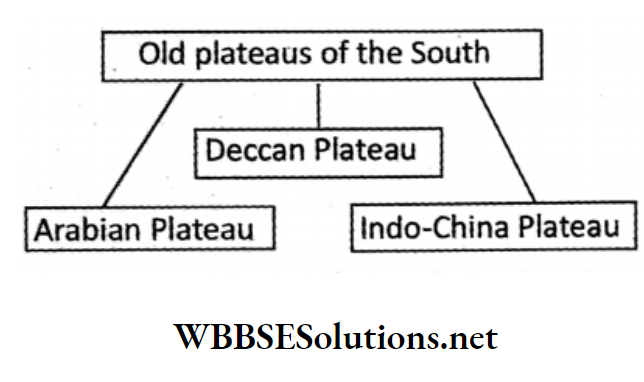
Answer:

Question 10. Write a note on the highlands of the east or Shield Plateau.
Answer:
Highlands of the east or Shield Plateau:
To the northeast of the Northern Plains of Asia lie the highlands of the East or Shield Plateau. It extends from the Bering Strait in the east to the Yenisei River Valley in the west.
These are the remnants of an ancient and dissected plateau. Its mean elevation is comparatively higher and is also known as the Angara Shield of the West Siberian Plain.
Question 11. Write a note on the Lowlands of Turan.
Answer:
Lowlands of Turan:
The Lowlands of Turan or Turan Plain lies to the southwest of the Northern Plains of Asia. It covers southwest Kazakhstan and north-western parts of Uzbekistan and Turkmenistan.
Within this lowland lies the Caspian Sea and the Aral Sea. The Amu Darya and the Syr Darya rivers drain this plain. Some of the places in this region are about 8-9 meters below sea level. There are two deserts in this region namely Karakum and Kyzylkum.
Question 12. Divide the rivers of Asia according to the direction in which they flow.
Answer:
According to the direction of flow, the rivers of the Asia can be classified into five types.
These are-
- Northward flowing rivers, for example. Ob, Lena;
- Southward flowing rivers, for example, Mekong, Indus, Brahmaputra;
- Eastward flowing river; example, Amu, Hwang Ho;
- West-ward flowing river, for example, Narmada, Tapti;
- Inland rivers, for example, Syr Darya, Amu Darya.
Question 13. Write a note on Sat-El-Arab.
Answer:
Sat-El-Arab:
The confluent stream of the River Tigris (rising from the Armenian Plateau) and River Euphrates (rising from Kurdistan Mountain) is known as Sat-El-Arab. This confluent stream then drains into the Persian Gulf.
Question 14. Name the rivers of the monsoon climatic region of Asia.
Answer:
The southward-flowing rivers of Asia namely Ganga, Brahmaputra, Irrawaddy, Salween, etc. flow through the monsoon climatic regions. Floods are common in these rivers during monsoon season.
Question 15. Describe the course of the Hwang Ho or Yellow River.
Answer:
The Hwang Ho River originates from the Kunlun Mountains in China. At first, it flows northwards and then towards the east. The river flows into the Bohai Sea after crossing a length of 5464 km.
As the water of this river has yellow loess soil mixed in it, it is yellow in colour and hence the name Yellow River. Fen, Wei, Luo, Wuding, etc. are some of its tributaries.
Question 16. Divide Asia into different climatic zones. Or, What are the different types of climate which can be observed from south to north in Asia?
Answer:
According to the variation in climate, Asia can be divided into 10 main climatic zones.
These are-
- Equatorial climatic zone,
- Monsoon climatic zone,
- Zone of China-type climate,
- Manchurian climatic zone,
- Mediterranean climatic zone,
- Zone of hot desert type of climate,
- Mid-latitude continental climatic zone,
- Steppe type of climatic zone,
- Siberian climatic zone,
- Tundra climatic zone.
Question 17. Where do we find equatorial climatic regions in Asia?
Answer:
The southern part of Asia; i.e. regions located near the Equator (between 10° N to 10° S) experience the equatorial type of climate.
For example, Malaysia, Indonesia, Maldives, Singapore, Sri Lanka, Java, Borneo, Sumatra, etc.
Question 18. Where do we find monsoon climatic regions in Asia?
Answer:
The countries namely India, Bangladesh, Myanmar, Laos, Cambodia, Vietnam, and the southern parts of China and Japan which lie between 10° N and 30° N parallels of Asia fall within this tropical monsoon climatic zone.
Question 19. Where do we find China’s type of climate in Asia?
Answer:
The China type of climate is found in the eastern part of the Asian continent namely, the central part of China, the southern part of South Korea, and the central part of southern Japan.
Question 20. Where do we find the Mediterranean type of climate in Asia?
Answer:
The Mediterranean type of climate is observed in the western parts of Asia i.e. namely Syria, Lebanon, Jordan, Israel, Turkey, Palestine, etc. which are situated along the coast of the Mediterranean Sea.
Question 21. Give the extent of the hot desert-type climate in Asia.
Answer:
The hot desert type of climate is prevalent over the south-western parts of Asia i.e. the Arabian Desert, Thar Desert of India and Pakistan, Iraq, Iran, Kuwait, etc. In this type of climate, very high temperature and very less rainfall is experienced.
Question 22. Which regions in Asia experience a Steppe type of climate?
Answer:
A steppe type of climate prevails over the grasslands of the Anatolian Plateau in the west and the eastern part of the Gobi Desert in the east of Asia.
These regions receive little rainfall and snow-melt water and thus, only grasses grow here. These grasslands are called Steppe.
Question 23. Where do we find the mid-latitudinal continental climate in Asia?
Answer:
The intermontane plateaus located in the central part of Asia are affected by a mid-latitudinal continental climate. Iran, Turan, Tibet, the region of the Gobi Desert lie within this climatic region.
Question 24. What are the different types of natural vegetation found in Asia?
Answer:
Natural vegetation of a region is highly influenced by the prevailing climatic conditions.
Thus, with increasing differences in temperature and rainfall across the continent, a wide variety of natural vegetation is found in different parts of Asia.
According to this variation, natural vegetation across this continent can be divided into 7 types-
- Equatorial evergreen forest,
- Tropical monsoon or deciduous forest,
- Steppe grassland region,
- Taiga forest region,
- Mediterranean forests,
- Tundra vegetation,
- Desert vegetation.
Question 25. Give the location of the equatorial evergreen forests in Asia.
Answer:
The equatorial evergreen forests are found between 5° -10° N/S latitudes in southeast Asia.
For example- Indonesia, Malaysia, Myanmar, West Papua province (Indonesia), Celebes, Philippines, Sri Lanka, and the southern edge of India, etc.
Question 26. Give the location of the tropical monsoon or deciduous forests in Asia.
Answer:
The tropical monsoon or deciduous forests are predominant in countries like India, Bangladesh, Myanmar, Thailand, Laos, Vietnam, Cambodia, the Malay Peninsula, and South-East China, etc. in Asia.
Question 27. Mention the characteristics of tropical monsoon or deciduous forests in Asia.
Answer:
The characteristics of tropical monsoon or deciduous forests in Asia are- The trees are not very tall (height: 10m-15m). The trees lose all their leaves in winter and hence, the name is deciduous. (The term deciduous means ‘tending to fall off’.)
These forests have dense undergrowth of herbs, shrubs, and bushes. The upper stratum of the trees are clustered.
Question 28. How are the Mediterranean forests and woodlands in Asia distributed?
Answer:
The Mediterranean forests and woodlands are found in the countries surrounding the Mediterranean Sea namely Lebanon, Israel, Palestine, and Syria.
Question 29. How is the desert type of vegetation in Asia distributed?
Answer:
The desert type of vegetation is found in arid, hot stretches of this continent such as in the Arabian Desert in Saudi Arabia, the Thar Desert in India and Pakistan, the Taklamakan Desert in China, and the Gobi Desert in Mongolia.
Question 30. Where is the Taiga forest located in Asia?
Answer:
The Taiga forests are found in the northern part of Asia, mainly in the heavy snowfall regions of Siberia.
Question 31. How is the Tundra vegetation in Asia distributed?
Answer:
A concentration of Tundra vegetation is found in the extreme north of the Siberian landmass in Russia, bordering the Arctic Circle.
Question 32. Mention the characteristics of Tundra vegetation in Asia.
Answer:
The characteristics of Tundra vegetation in Asia are-
- Big trees do not grow as the surface remains covered with snow for most of the year.
- During the short summers when the snow melts, a few plants like shrubs and mosses grow.
- Towards the southern part of the Tundra vegetation belt, a few trees are found. Moss, lichen, algae, etc. grow in the Tundra region.
Question 33. Where are the Steppe Grasslands located in Asia?
Answer:
The Steppe Grasslands are found in the regions of low rainfall in central Asia namely the northern part of the Turan Plain and the foothill region of the Khingan and Yablonovy Mountain Ranges.
Question 34. Why is the Yangtze Kiang Basin densely populated?
Answer:
The Yangtze Kiang Basin is the most densely populated region in China. Although the basin covers one-fifth of the total area of China (i.e. about 18 lakh sq. km), it is the home to one-fourth (about 30 crores) of the total population of China.
The reasons for the high population density in this region are-
- Rich in agriculture,
- Rich in mineral resources,
- Industrially developed,
- The developed transport system,
- Accessibility to large seaports,
- Pleasant climate, etc.
Question 35. Mention the characteristics of the Steppe Grasslands of Asia.
Answer:
The characteristics of Steppe Grasslands of Asia are-
- Very few trees because of low rainfall.
- Short and soft grasses that flourish in severe cold and dry winter.
- Some big trees are found in high mountainous regions and near the river banks.
Chapter 9 Topic A Revolution Of The Earth Multiple Choice Questions Choose The Correct Option
Question 1. is a freshwater lake in Asia.
- Lake Baikal
- Caspian Sea
- Aral Sea
Answer: 1. Lake Baikal
Question 2. The highest plateau on Earth is the-
- Tibetan Plateau
- Pamir Plateau
- ‘Ladakh Plateau
Answer: 2. Pamir Plateau
Question 3. According to area among the continents, Asia ranks-
- First
- Second
- Third
Answer: 1. First
Question 4. According to population, Asia’s rank among the continents is-
- First
- Second
- Third
Answer: 1. First
Question 5. The southernmost point of Asia (mainland) is-
- Indira Point
- Cape Comorin
- Cape Piai
Answer: 3. Cape Piai
Question 6. The northernmost point of Asia (mainland) is-
- Cape Chelyuskin
- Cape Baba
- Cape Dezhnev
Answer: 1. Cape Chelyuskin
Question 7. The land area occupied by the Asia continent is-
- Thrice times that of Europe
- Four times that of Europe
- One and a half times that of Europe
Answer: 2. Four times that of Europe
Question 8. The Pacific Ocean is bounded by Asia in the-
- West
- South
- East
Answer: 1. West
Question 9. The Red Sea and the Suez Canal separate Asia from-
- Europe
- Africa
- Oceania
Answer: 2. Africa
Question 10. The southern region of Asia is located in the-
- Tropical zone
- Polar zone
- Temperate zone
Answer: 1. Tropical zone
Question 11. ________ Alps Mountain forms between the continents of Asia and Europe.
- Ural Mountain
- Red Sea
- Suez Canal
Answer: 1. Ural Mountain
Question 12. Asia is made up of-
- 58 countries
- 48 countries
- 38 countries
Answer: 2. 48 countries
Question 13. The mountain range which radiates eastward from the Pamir Knot is-
- Sulaiman
- Kunlun
- Himalayan
Answer: 2. Kunlun
Question 14. ________range extends in a south-west direction with respect to the Pamir Knot.
- Karakoram
- Sulaiman
- Himalayan
Answer: 2. Sulaiman
Question 15. Khyber Pass connects Afghanistan and-
- Pakistan
- Tibet
- Myanmar
Answer: 1. Pakistan
Question 16. Which plateau lies between the Pontic and the Taurus mountains?
- Anatolian Plateau
- Tibetan Plateau
- Mongolian Plateau
Answer: 1. Anatolian Plateau
Question 17. A northward-flowing river in Asia is-
- Ganga
- Irrawaddy
- Ob
Answer: 3. Ob
Question 18. Irrawaddy and Salween are two rivers flowing-
- Southward
- Eastward
- Northward
Answer: 1. Southward
Question 19. An example of inland river is-
- Narmada
- Godavari
- Amu Darya
Answer: 3. Amu Darya
Question 20. The river that is formed by the confluence of the rivers Euphrates and Tigris is-
- Sat-El-Arab
- Saad-en-Arab
- Shatt-en-Arab
Answer: 1. Sat-El-Arab
Question 21. Golden Sanded River is the other name of-
- Yangtze River
- Lena River
- Si Kiang River
Answer: 1. Yangtze River
Question 22. The longest river in Asia-
- Yenisei
- Brahmaputra
- Yangtze
Answer: 3. Yangtze
Question 23. The longest river in China is-
- Yangtze
- Hwang Ho
- Amur
Answer: 1. Yangtze
Question 24. Amur River flows into the-
- Sea of Okhotsk
- Lapter Sea
- Gulf of Pohai
Answer: 1. Sea of Okhotsk
Question 25. Syr Darya River flows into the-
- Aral Sea
- Java Sea
- Arabian Sea
Answer: 1. Aral Sea
Question 26. Equatorial climate prevails over the part of Asia.
- South-eastern
- South-western
- North-eastern
Answer: 1. South-eastern
Question 27. Mediterranean climate prevails over the-
- Eastern part of Asia
- The western part of Asia
- Northern part of Asia
Answer: 2. Western part of Asia
Question 28. Olive is a fruit found in the regions of-
- Mediterranean climate
- Equatorial climate
- Monsoon climate
Answer: 1. Mediterranean climate
Question 29. Which climate is found in the northeastern part of China?
- China’s type of climate
- Manchurian climate
- Taiga climate
Answer: 2. Manchurian climate
Question 30. Which one is a type of tree found in the coniferous forests in Asia?
- Sal
- Pine
- Ebony
Answer: 2. Pine
Question 31. The Taiga or boreal forest in Asia consists of-
- Coniferous trees
- Climbers, shrubs, and bushes
- Deciduous trees
Answer: 1. Coniferous trees
Question 32. _________ province is called the Granary of China.
- Henan
- Hunan
- Guangdong
Answer: 2. Hunan
Chapter 9 Topic A Revolution Of The Earth Very Short Answer Type Questions Fill In The Blanks
Question 1. The largest lake in Asia is __________.
Answer: Caspian Sea
Question 2. The coniferous forests in Russia are called __________.
Answer: Taiga
Question 3. The most low-lying place on Earth is __________.
Answer: Dead Sea
Question 4. The __________ Plateau is also known as the Roof of the World.
Answer: Pamir
Question 5. The Dead Sea is also known as __________.
Answer: Salt Sea
Question 6. The wettest place in Asia is __________.
Answer: Mawsynram
Question 7. The largest continent in the world is __________.
Answer: Asia
Question 8. The Aral Sea is a __________ water lake.
Answer: Saline
Question 9. __________ range radiates to the west from the Pamir Knot.
Answer: Hindu Kush
Question 10. The Pontic and the Taurus Mountains Ranges have originated from the __________ Knot.
Answer: Armenian
Question 11. The __________ Plateau lies between the Pontic and the Taurus Mountain Ranges.
Answer: Anatolian
Question 12. The Deccan Plateau in India is an example of __________ plateau.
Answer: Lava
Question 13. The Caspian Sea and Aral Sea are located in the __________ Basin.
Answer: Turanian
Question 14. Ob River flows through a __________ region.
Answer: Cold
Question 15. The Yenisei River flows into the __________.
Answer: Yenisei Gulf
Question 16. The __________ flowing rivers of the Asian continent are flood-prone.
Answer: Northward
Question 17. Ob, Yenisei, and Lena are __________flowing Rivers.
Answer: Northward
Question 18. Among the northward-flowing rivers, River _____ is the longest.
Answer: Yenisei
Question 19. The Ganga River has originated from the __________ glacier.
Answer: Gangotri
Question 20. The Indus River flows into the __________.
Answer: Arabian Sea
Question 21. Among the southward-flowing rivers, River __________ is the longest.
Answer: Mekong
Question 22. __________ is the river formed by the confluence of the rivers Tigris and Euphrates.
Answer: Sat-El-Arab
Question 23. Yangtze River originates from the glaciers of the __________ mountain peak.
Answer: Geladangdong
Question 24. The __________ River is known as the ‘Golden Sanded River’ in Asia.
Answer: Yangtze
Question 25. The __________ River has originated from a glacier in the south-western part of the Geladangdong peak in the south of the Kunlun Mountain Range.
Answer: Yangtze
Question 26. The __________ River in Asia is also known as the Yellow River.
Answer: Hwang Ho
Question 27. __________ is the longest river of Asia.
Answer: Yangtze
Question 28. Amu Darya River flows into the __________ Sea.
Answer: Aral
Question 29. India, located in the southern part of Asia experiences __________ climate.
Answer: Monsoon
Question 30. The trees of the __________ forests have wax-coated leaves.
Answer: Mediterranean
Chapter 9 Topic A Revolution Of The Earth Write True Or False
Question 1. The highest mountain peak in Asia is Mt. Everest.
Answer: True
Question 2. The Aral Sea is a saline lake.
Answer: True
Question 3. The coldest place in Asia is Jacobabad.
Answer: False
Question 4. Manas Sarovar is located on the Pamir Plateau.
Answer: False
Question 5. The deepest lake in Asia is Lake Baikal.
Answer: True
Question 6. The Deccan Plateau is an intermontane plateau.
Answer: False
Question 7. Cacti and shrubs are found in the polar regions.
Answer: False
Question 8. Kunlun and Altyn-Tagh mountain ranges radiate towards the west from the Pamir Knot.
Answer: False
Question 9. The Tibetan Plateau lies between the Himalayan and the Kunlun Mountain Ranges.
Answer: True
Question 10. The Zagros and Elburz Mountain Ranges radiate towards the east from the Armenian Knot.
Answer: True
Question 11. One of the important rivers in Asia that flow into the Pacific Ocean is Lena.
Answer: False
Question 12. The longest river in Asia is the Yangtze.
Answer: True
Question 13. A southward-flowing River of Asia is Hwang Ho.
Answer: False
Question 14. Tropical monsoon climate prevails over the northern part of Asia.
Answer: False
Question 15. The extensive grassland found more or less in the central part of Asia is called Steppes.
Answer: True
Question 16. Mekong is an eastward-flowing river in Asia.
Answer: False
Question 17. Syr Darya River is an inland river.
Answer: True
Question 18. The Tundra region is a permafrost region.
Answer: True
Question 19. Taklamakan is a temperate desert.
Answer: True
Question 20. The crops in the Tundra region remain alive even during snowfall in winter.
Answer: False
Question 21. The Tigris-Euphrates River basin is famous for its aquatic vegetation.
Answer: True
Question 22. The Hwang Ho River is also known as the Yellow River.
Answer: True
Question 23. Amu is the largest eastward-flowing river in Asia.
Answer: True
Question 24. The mean elevation of the Mountains of Central Asia is 4000 meters.
Answer: True
Question 25. The largest river in Asia is Ganga.
Answer: False
Question 26. The Ladakh Plateau in India is known as the ‘Roof of the World’.
Answer: False
Chapter 9 Topic A Revolution Of The Earth Match The Columns
1.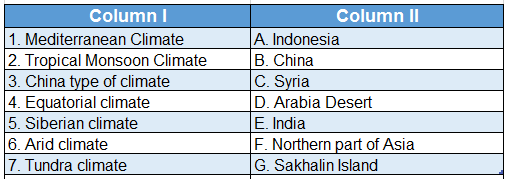
Answer: 1. C, 2. E, 3. B, 4. A, 5. G. 6. D, 7. F
2.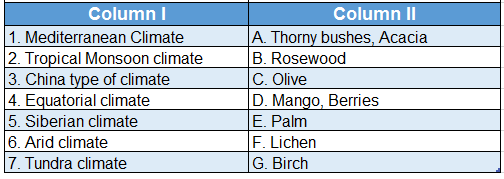
Answer: 1. C, 2. D, 3. E, 4. B, 5. G. 6. A, 7. F
Answer In One Or Two Words
Question 1. Which is the largest continent in the world in terms of area?
Answer: Asia.
Question 2. Which is the highest plateau in the world?
Answer: Pamir Plateau.
Question 3. Which is the deepest lake in the world?
Answer: Lake Baikal.
Question 4. Which is the coldest place in the world?
Answer: Oymyakon, Russia (Siberia).
Question 5. Name the largest delta in the world.
Answer: Ganga-Brahmaputra Delta.
Question 6. What is the combined continental landmass of Europe and Asia called?
Answer: Eurasia.
Question 7. Which is the largest plateau in the world located between the Himalayan and Kunlun Mountain Ranges?
Answer: Tibetan Plateau.
Question 8. In which direction does the Ob, Yenesei, and Lena River flow?
Answer: Northward direction.
Question 9. Which one is the longest among the north flowing rivers?
Answer: River Yenisei.
Question 10. Which of the south-flowing rivers of Asia originates near Manas Sarovar of Tibet and falls in Bay of Bengal?
Answer: Brahmaputra River.
Question 11. Which is the longest south-flowing river of Asia? What is the length of that river?
Answer: Mekong River (435 km).
Question 12. Which is the longest river of Asia?
Answer: Yangtze Klang.
Question 13. Which river is called the ‘Sorrow of China’?
Answer: Hwang Ho River.
Question 14. Which river of Asia is known as ‘The River of Golden Sands’?
Answer: Yangtse River.
Question 15. Which river is known as the ‘Yellow River’?
Answer: Hwang Ho River.
Question 16. Name two east-flowing rivers of Asia which empty into the China Sea.
Answer: Yangtze Kiang and Si-Kiang.
Question 17. What name is given to the Hwang Ho River because of the yellow colour of its water in the lower course arising from loess being carried downstream?
Answer: Yellow River.
Question 18. Name the inland river of India.
Answer: Luni River.
Question 19. Which climatic region in Asia is characterized by very high temperature and humidity, and with no seasonal variations?
Answer: Equatorial climate region.
Question 20. Which climatic region in Asia is characterized by dry summers and wet winters?
Answer: Mediterranean climate region.
Question 21. Name the forestland characterized by coniferous trees, found in the northern part of Russia i.e. in the Siberian region.
Answer: Taiga.
Question 22. Name the type of grassland found in central Asia and in some parts of Anatolia.
Answer: Steppes.
